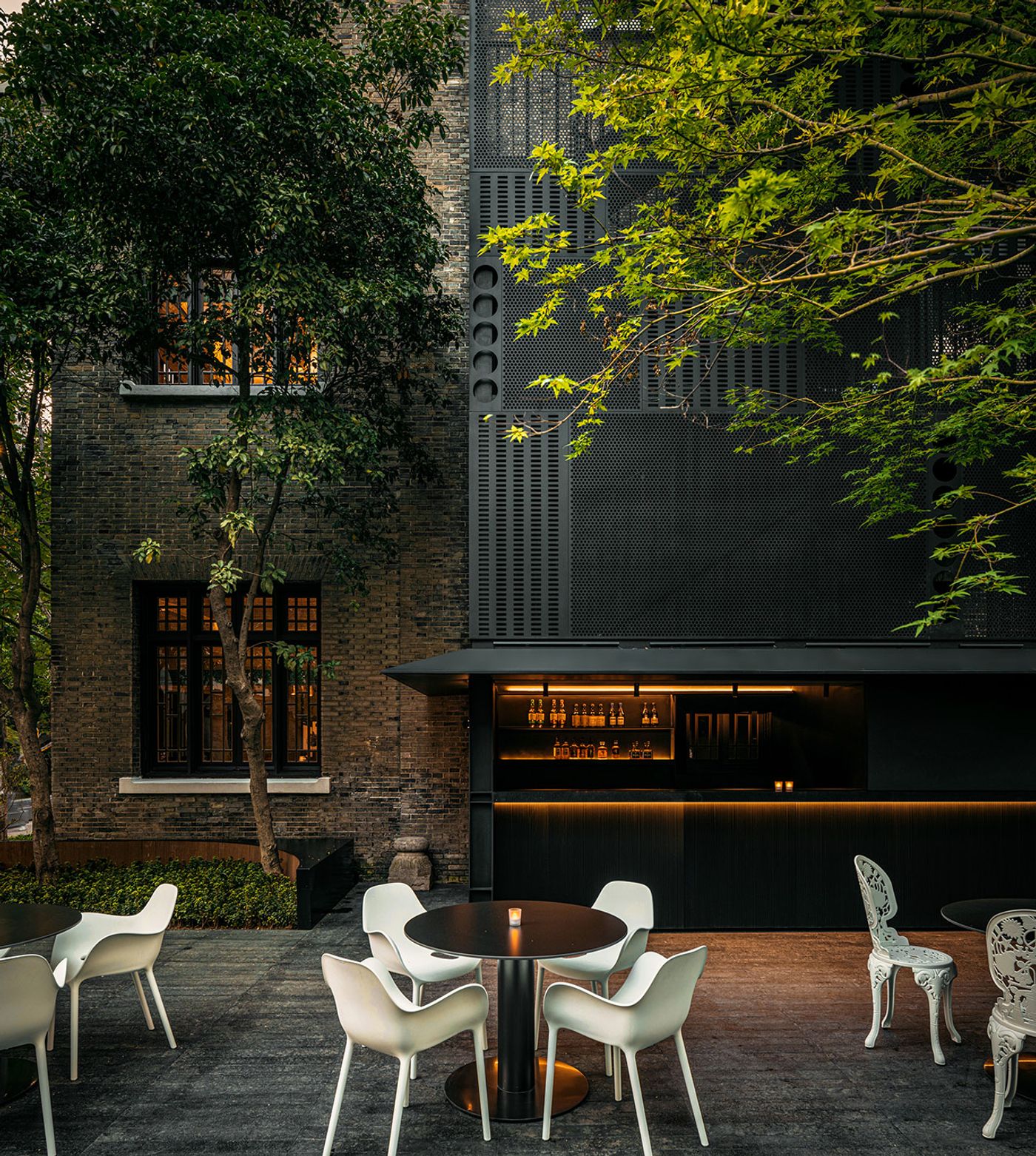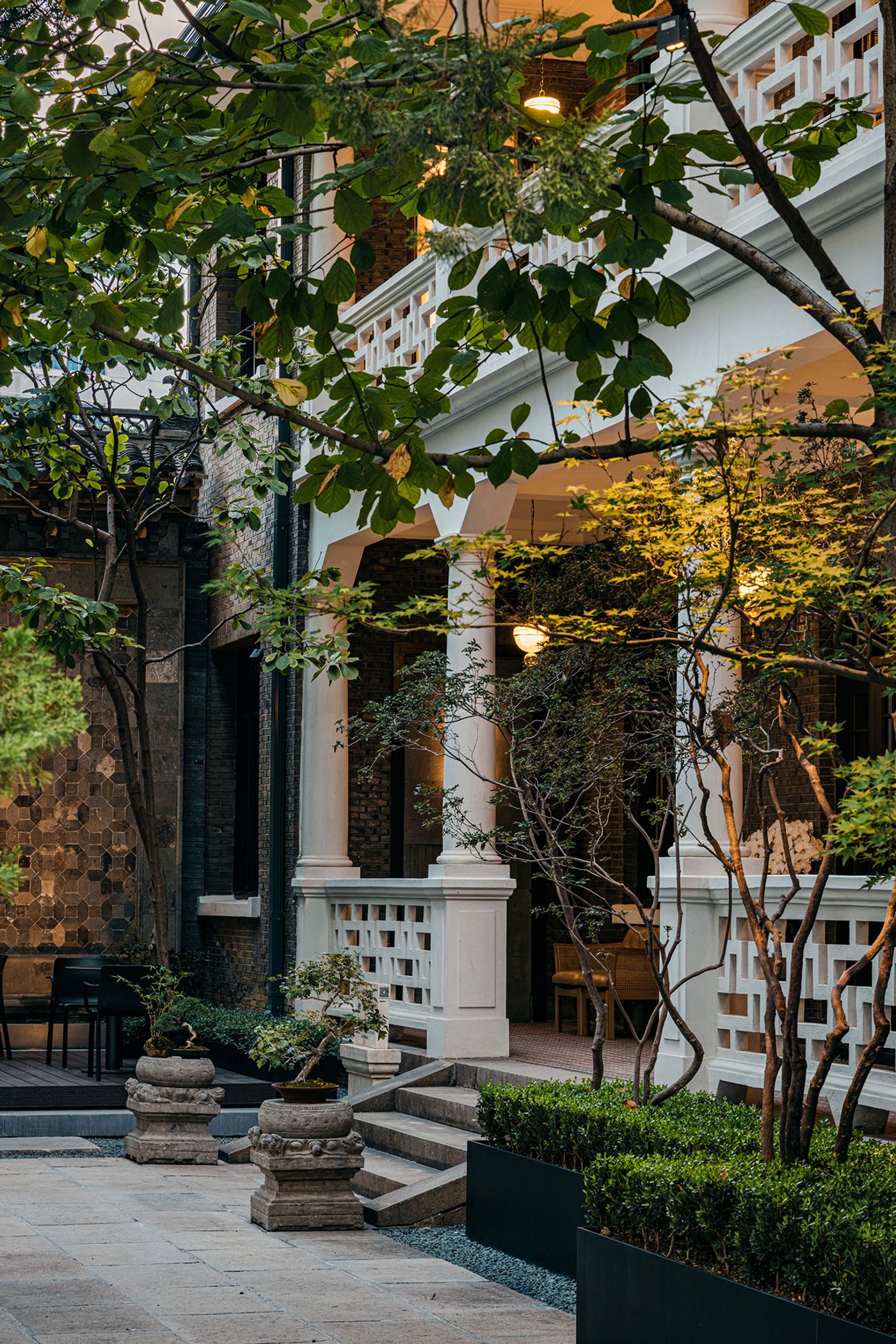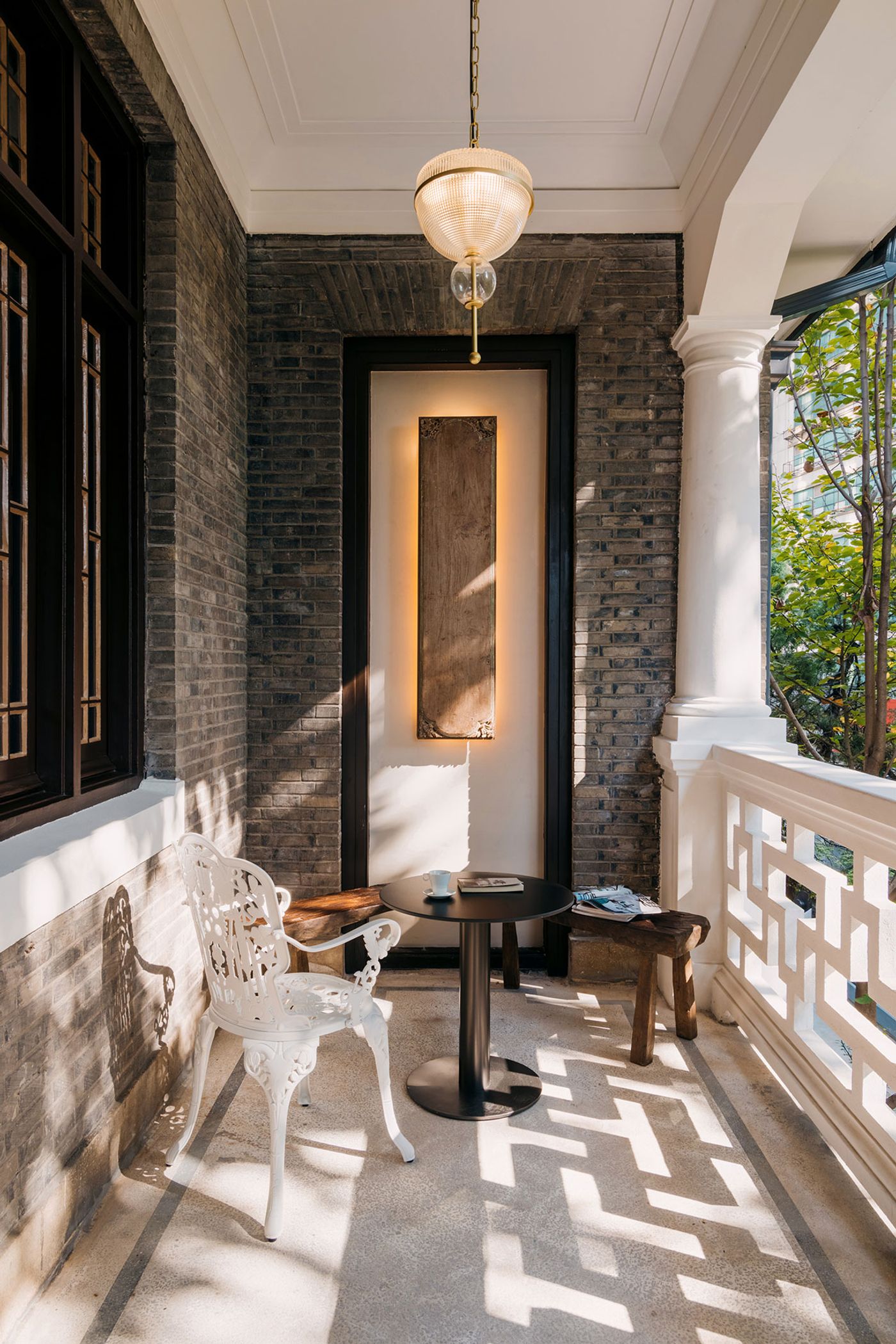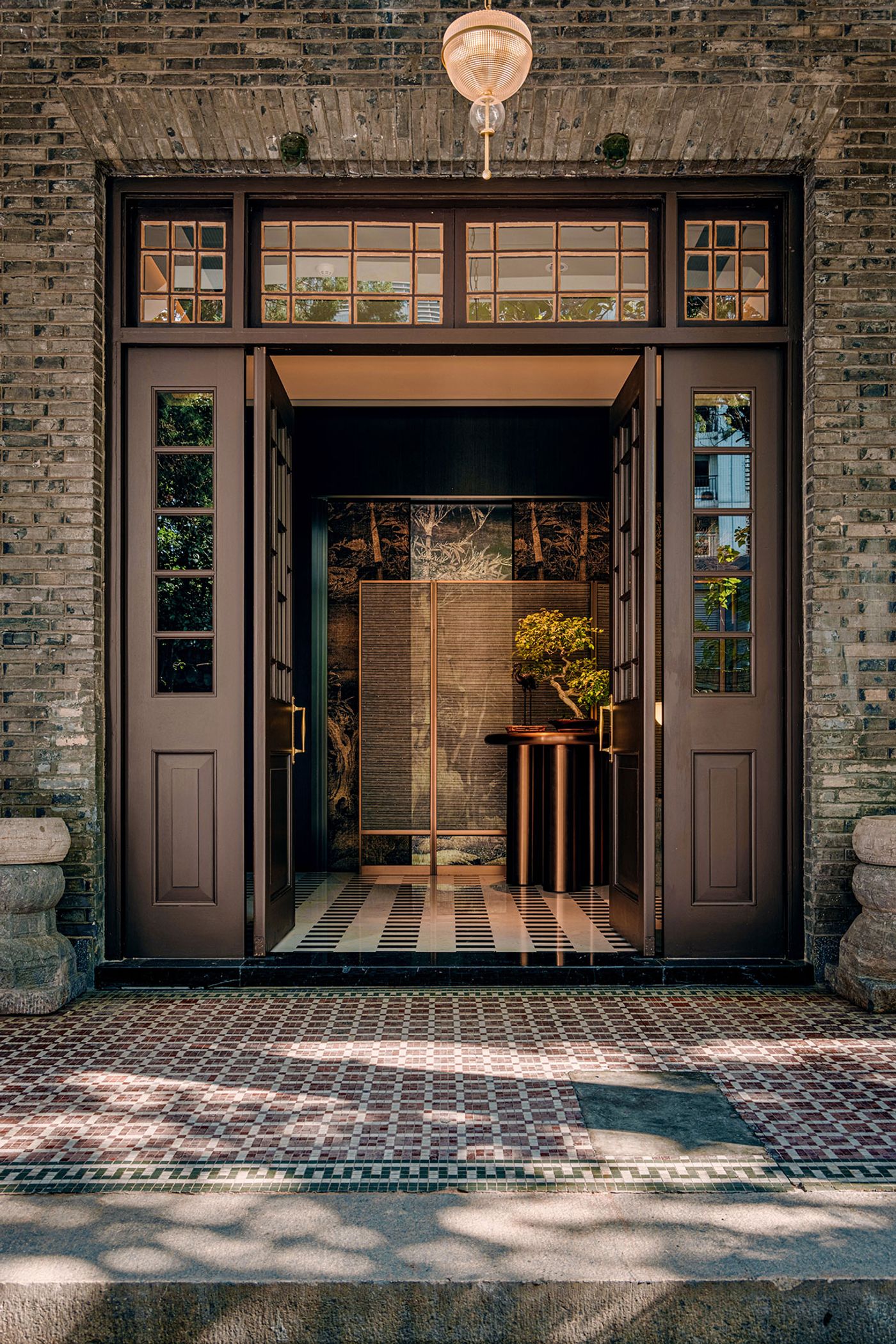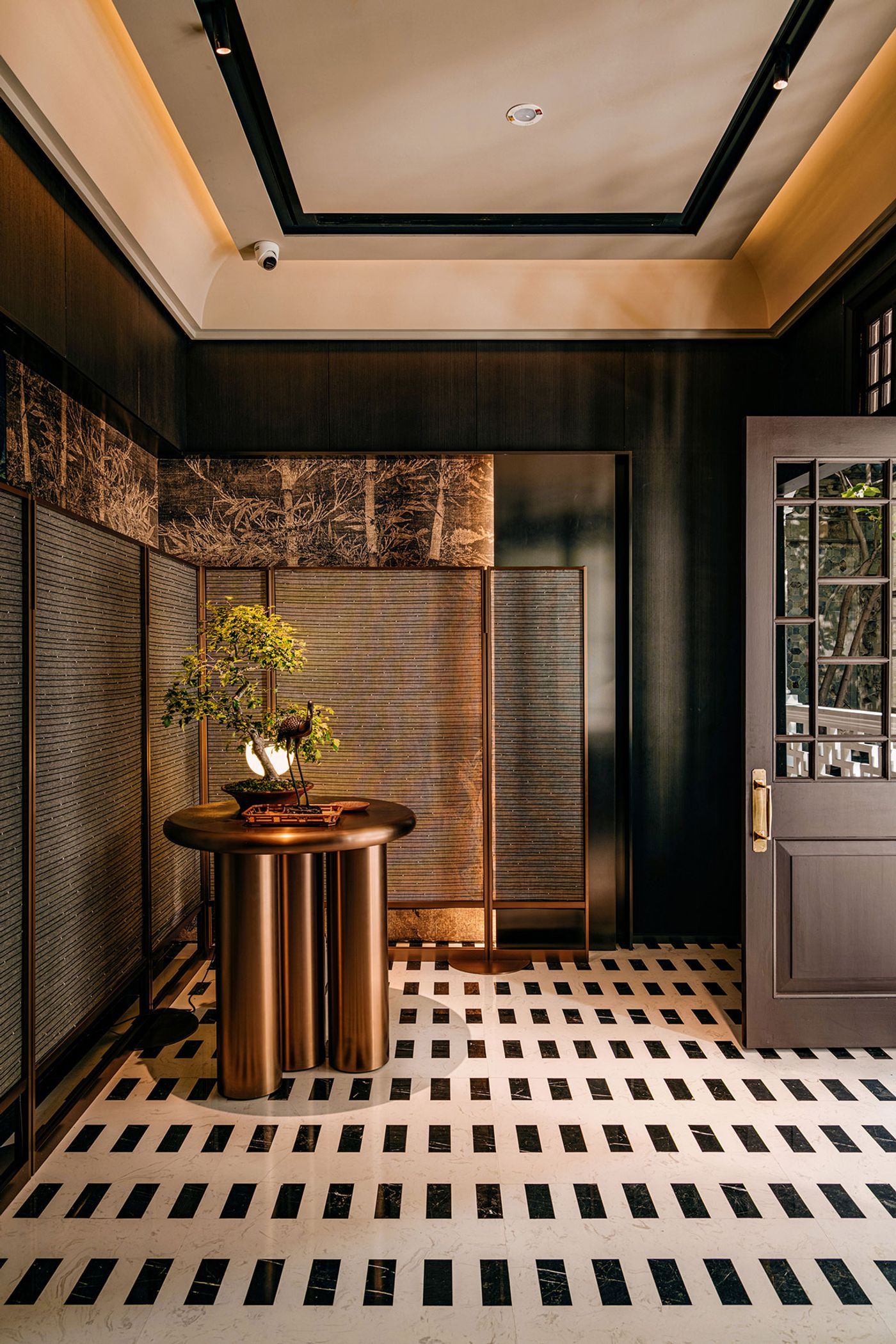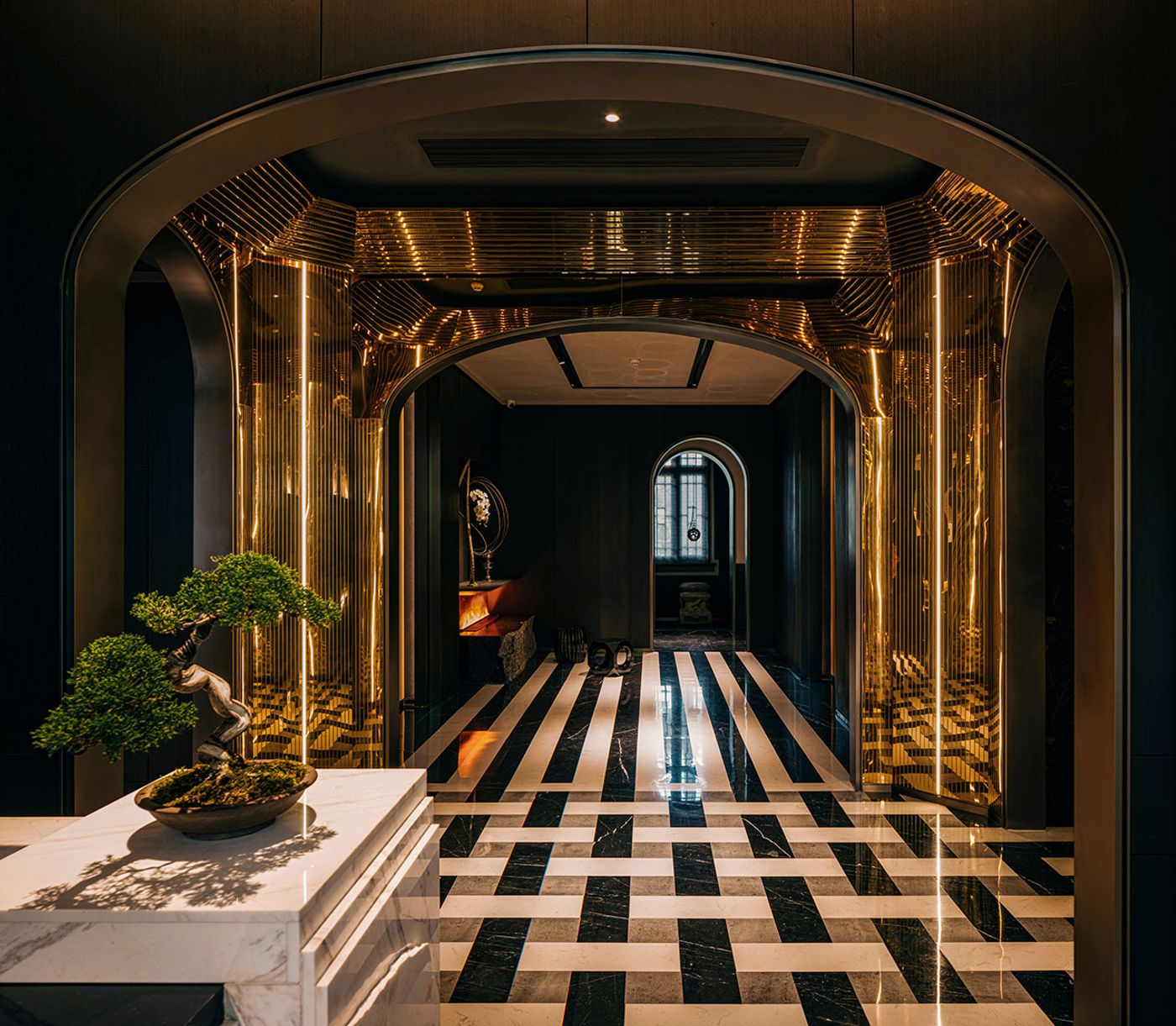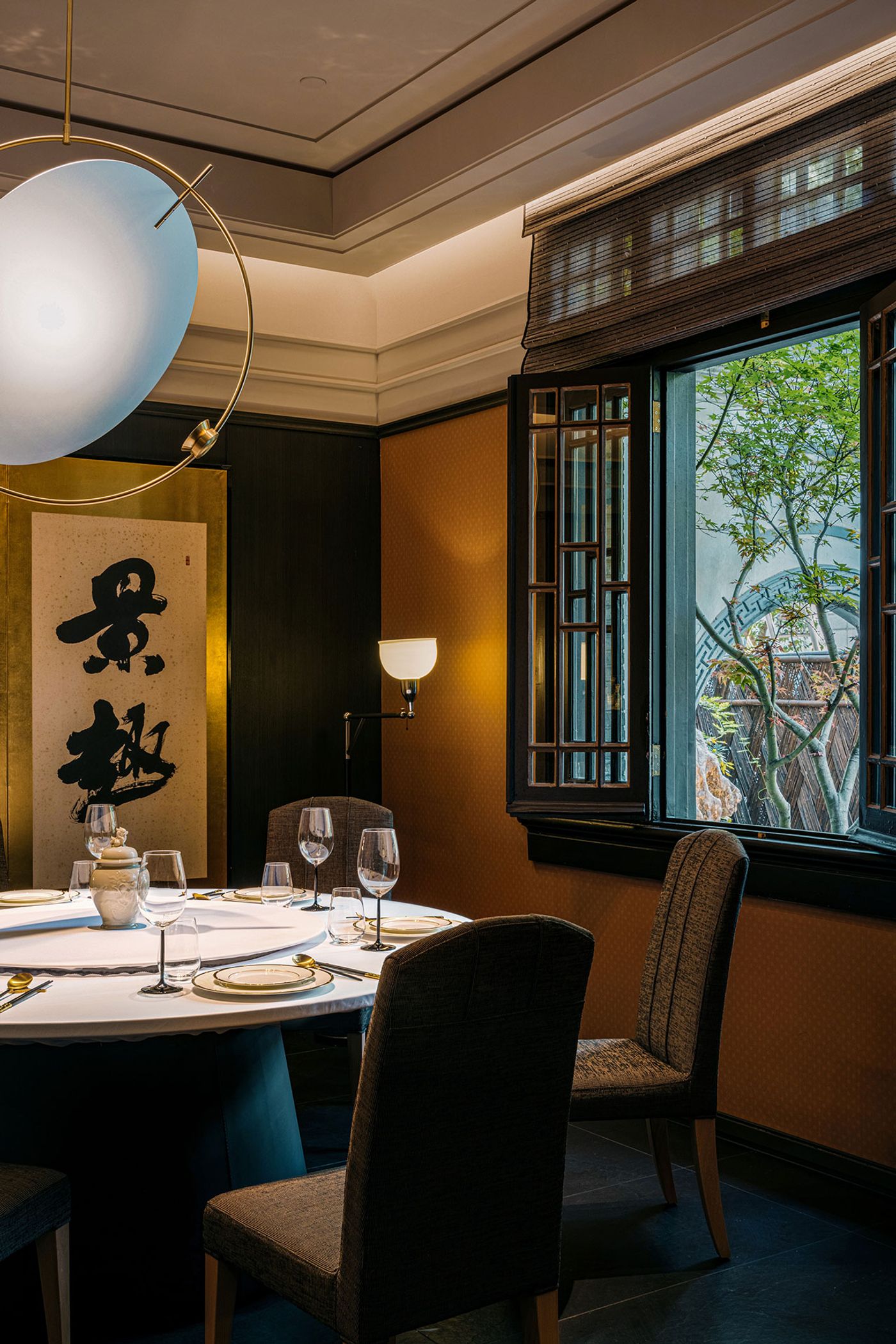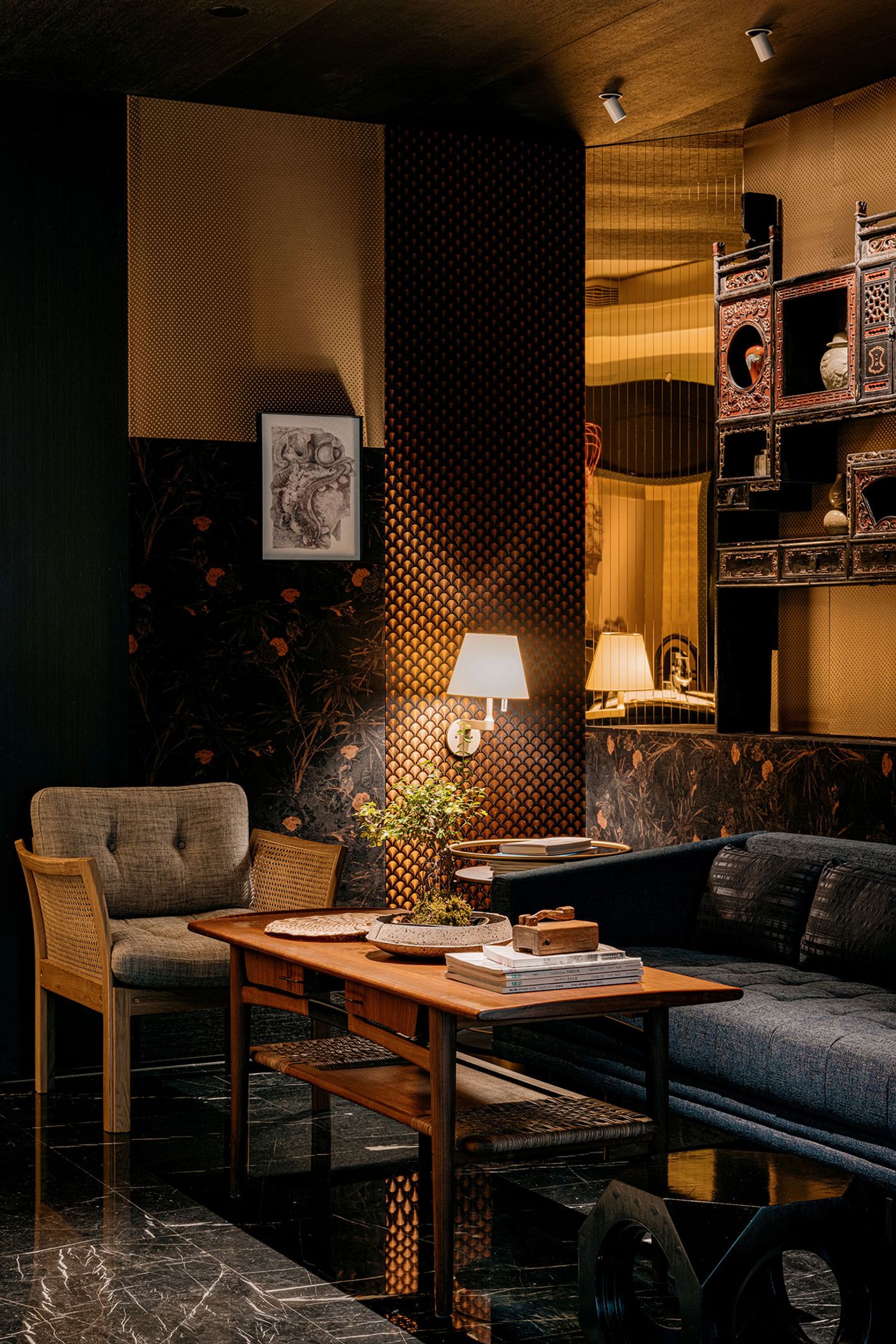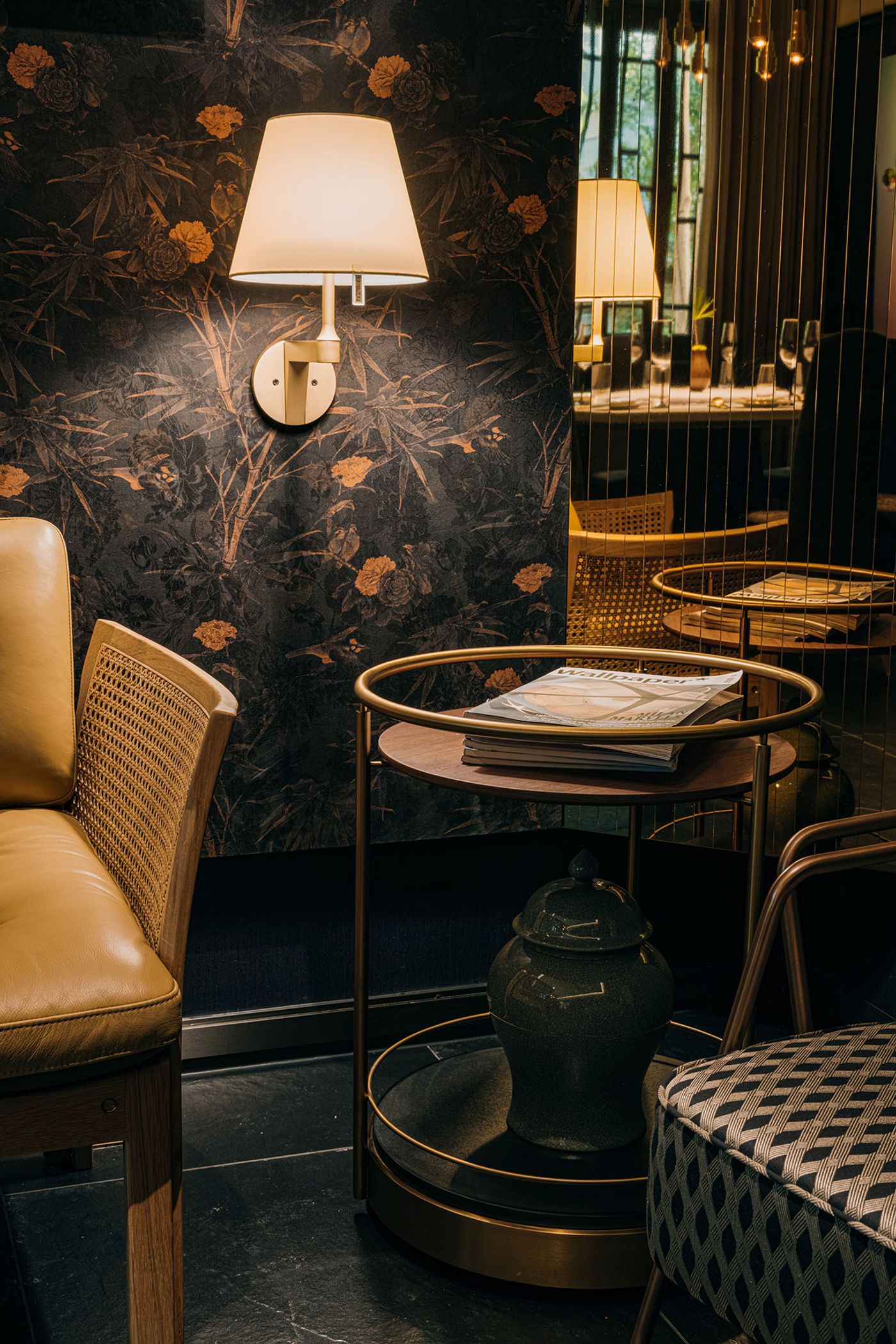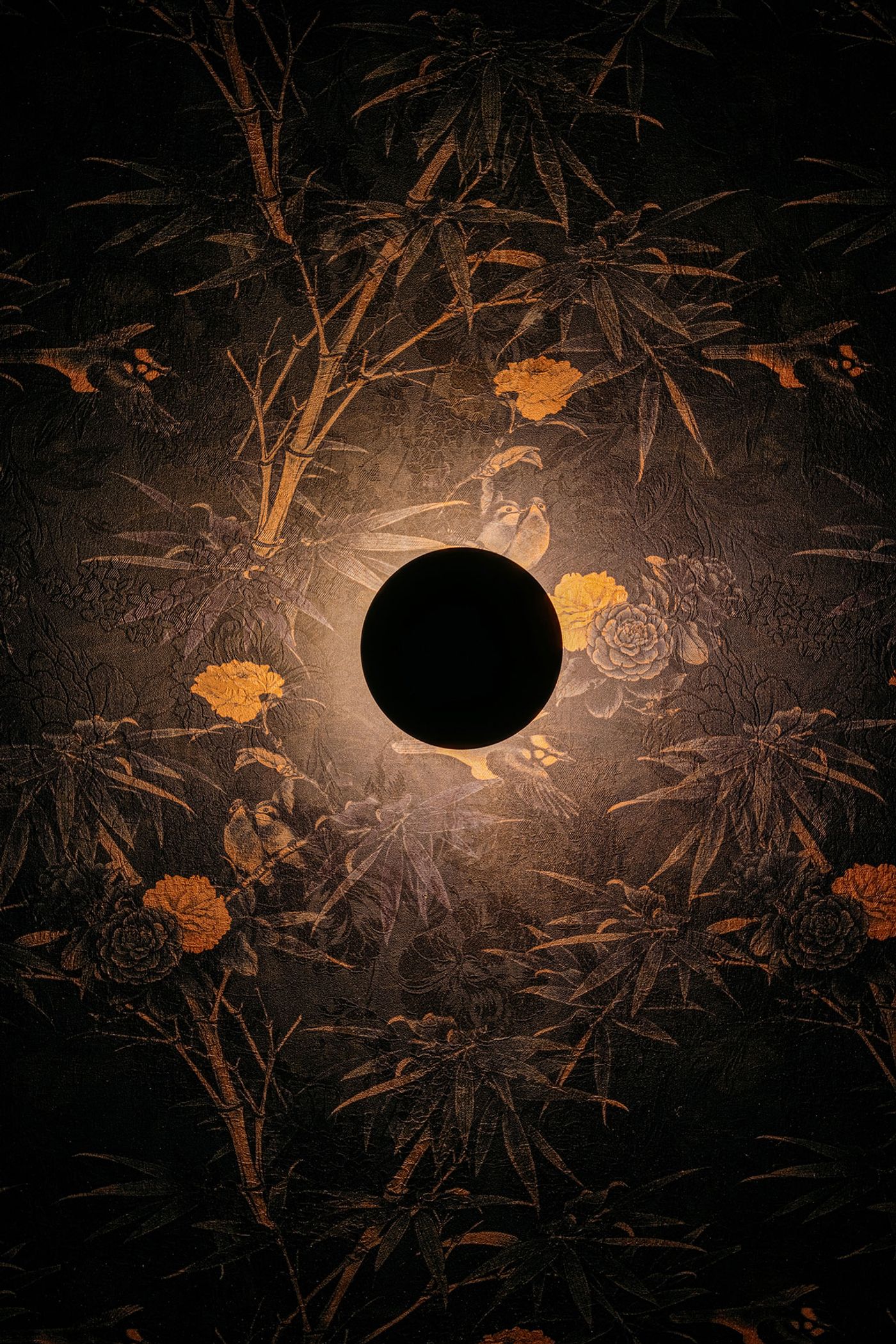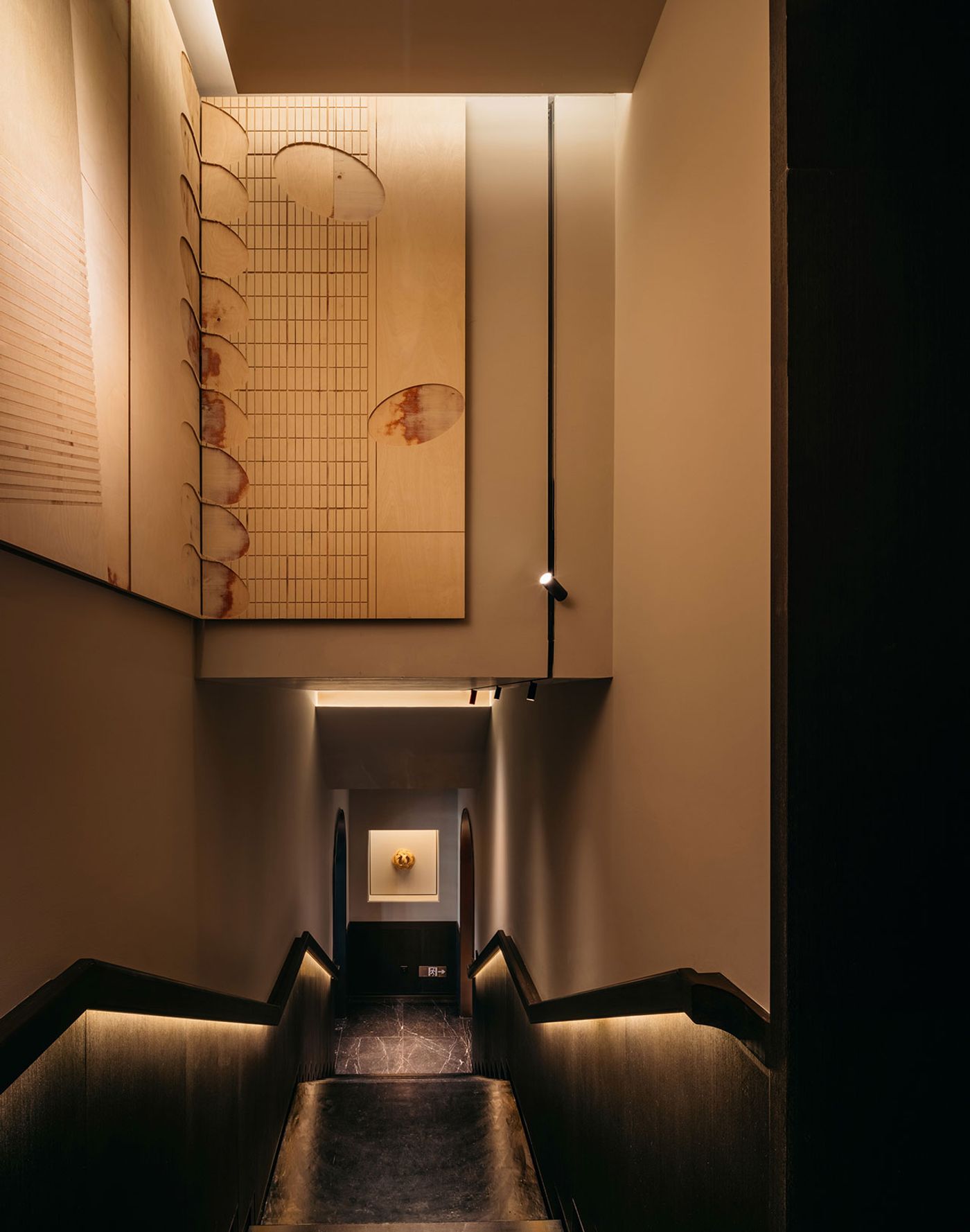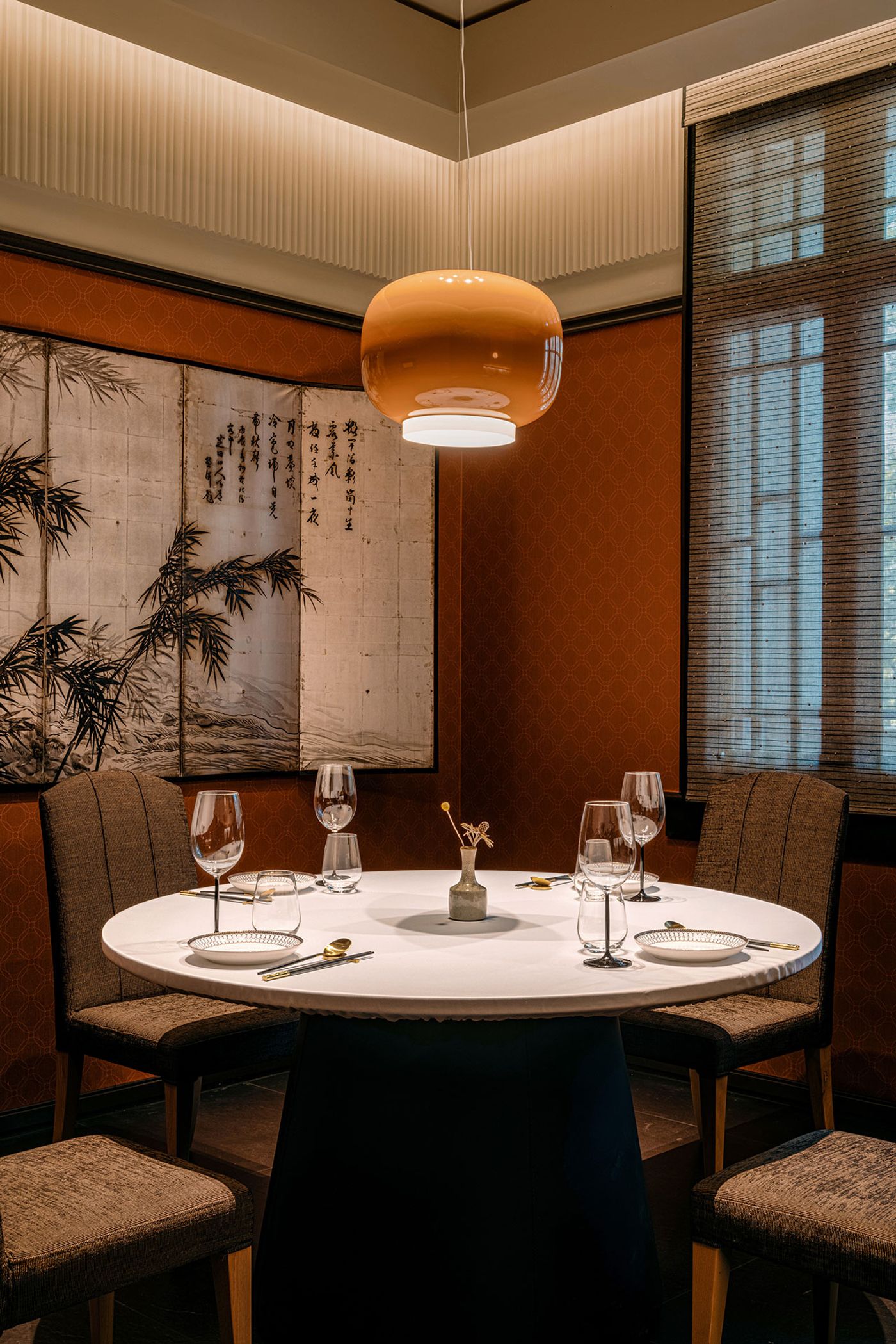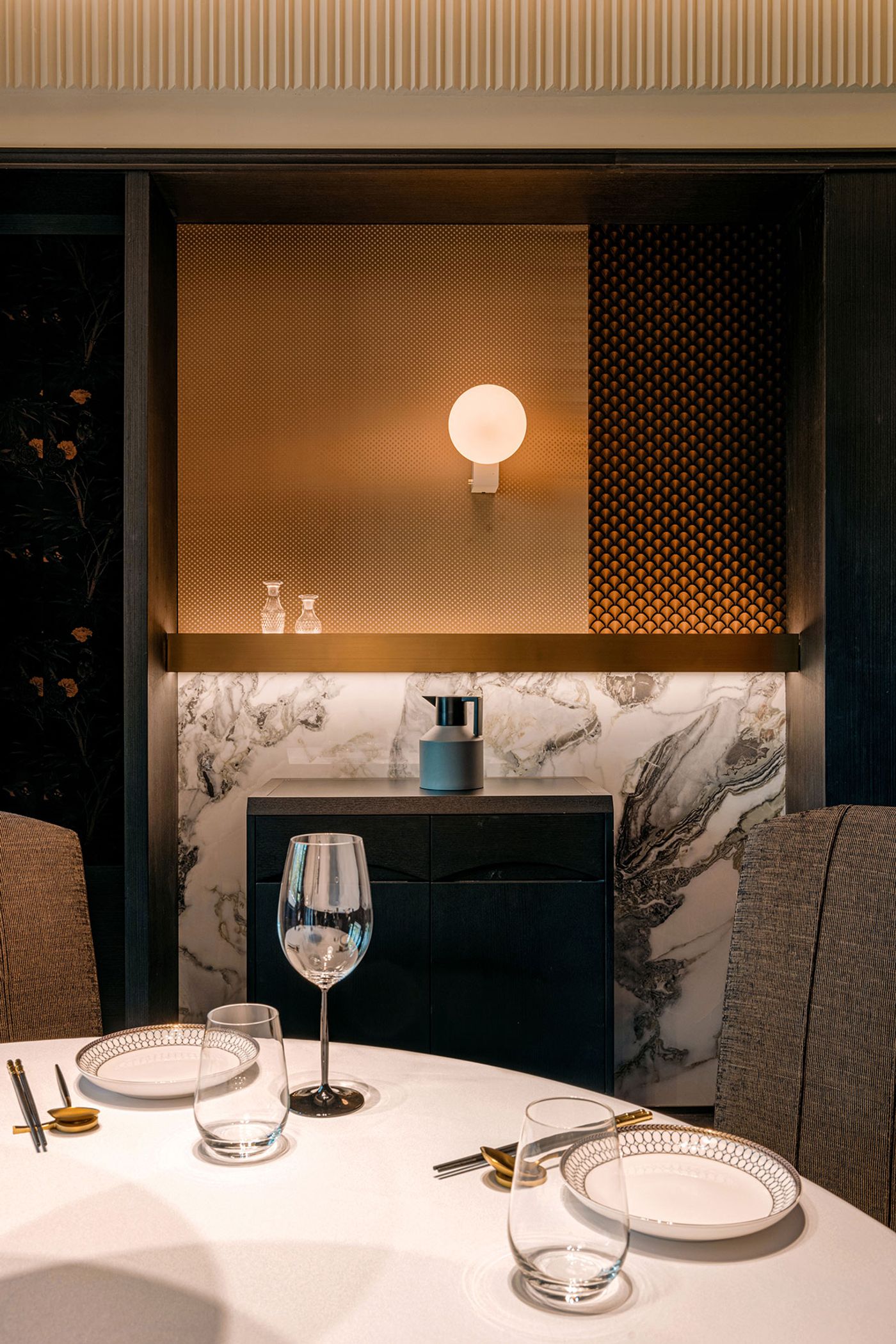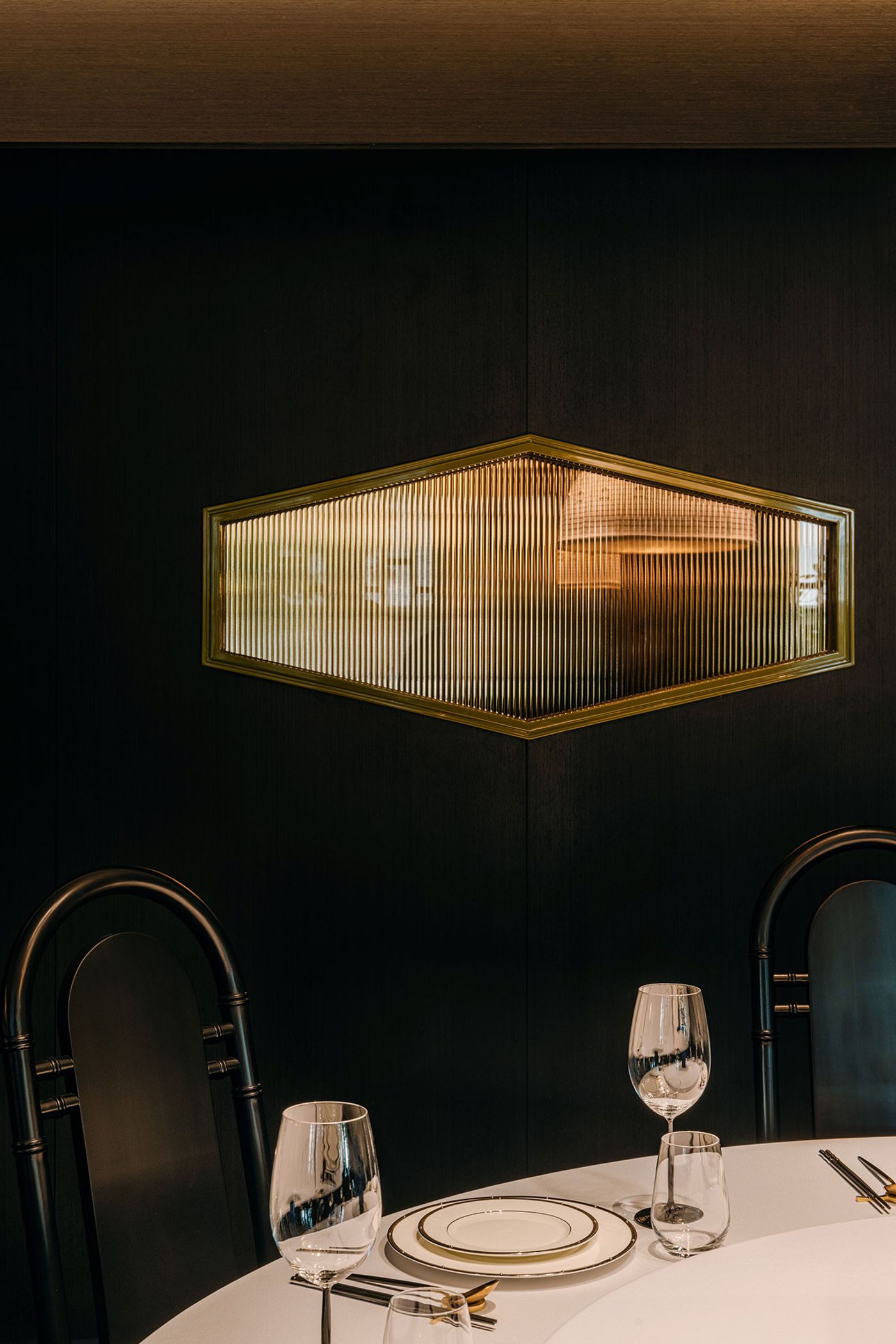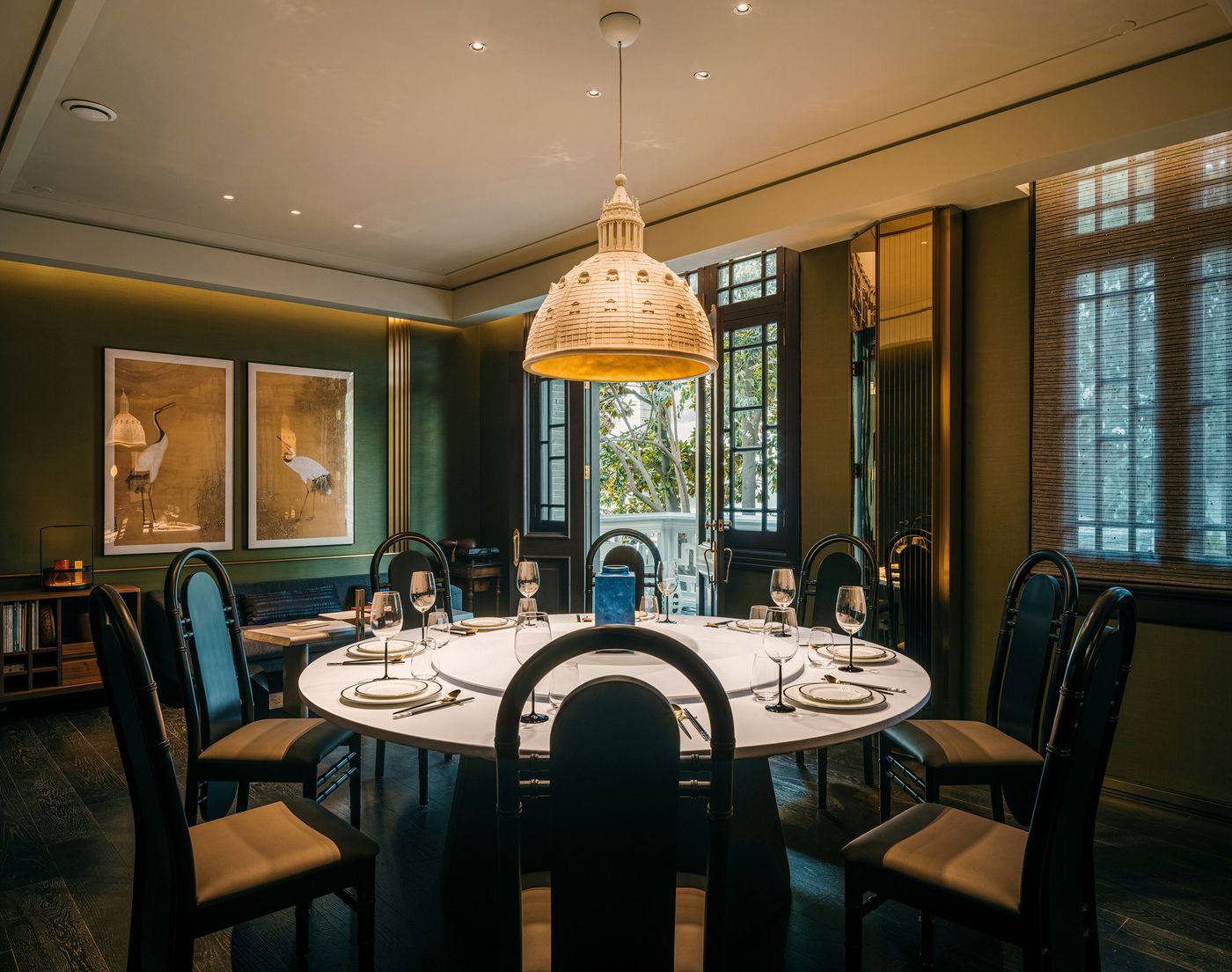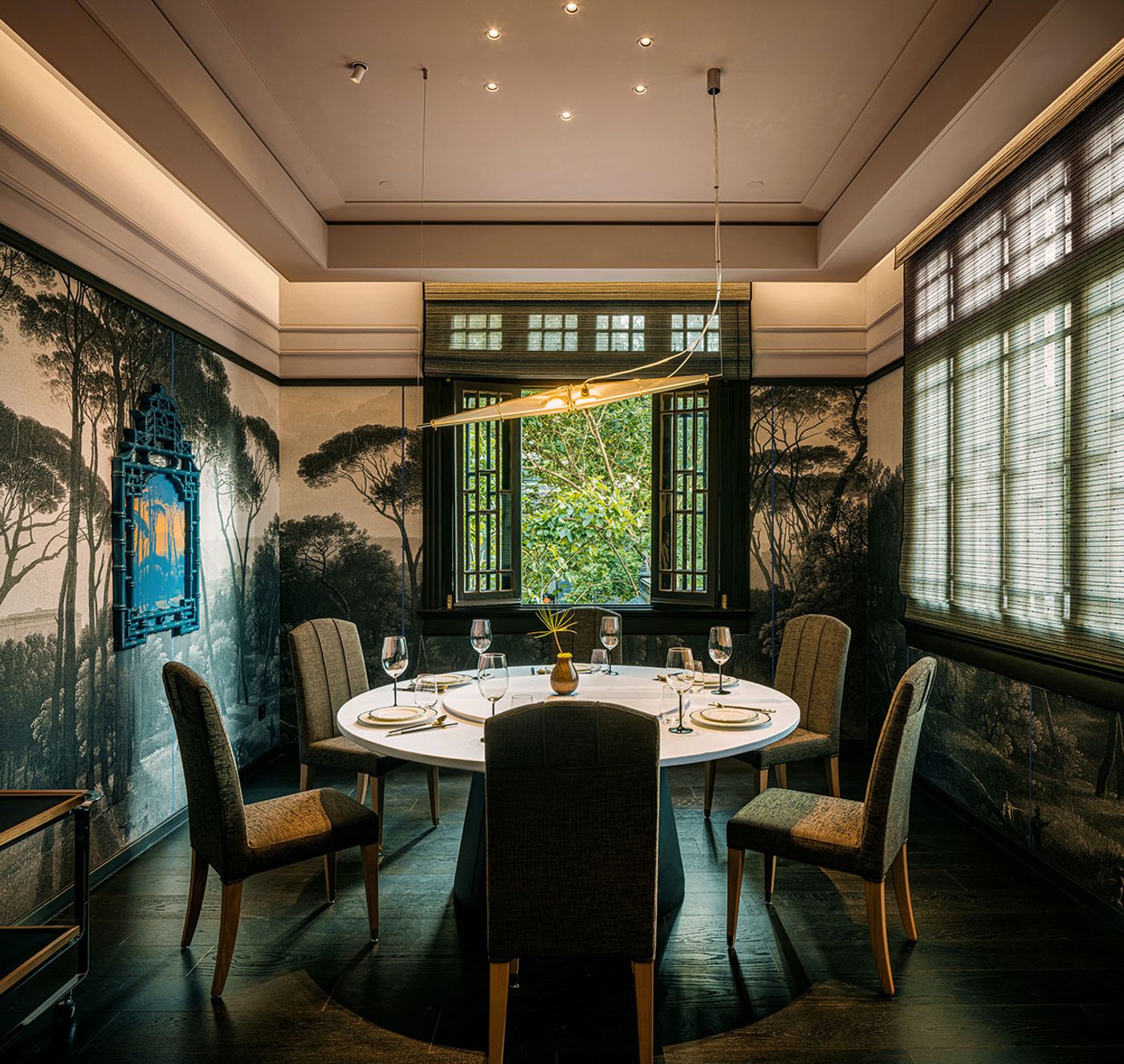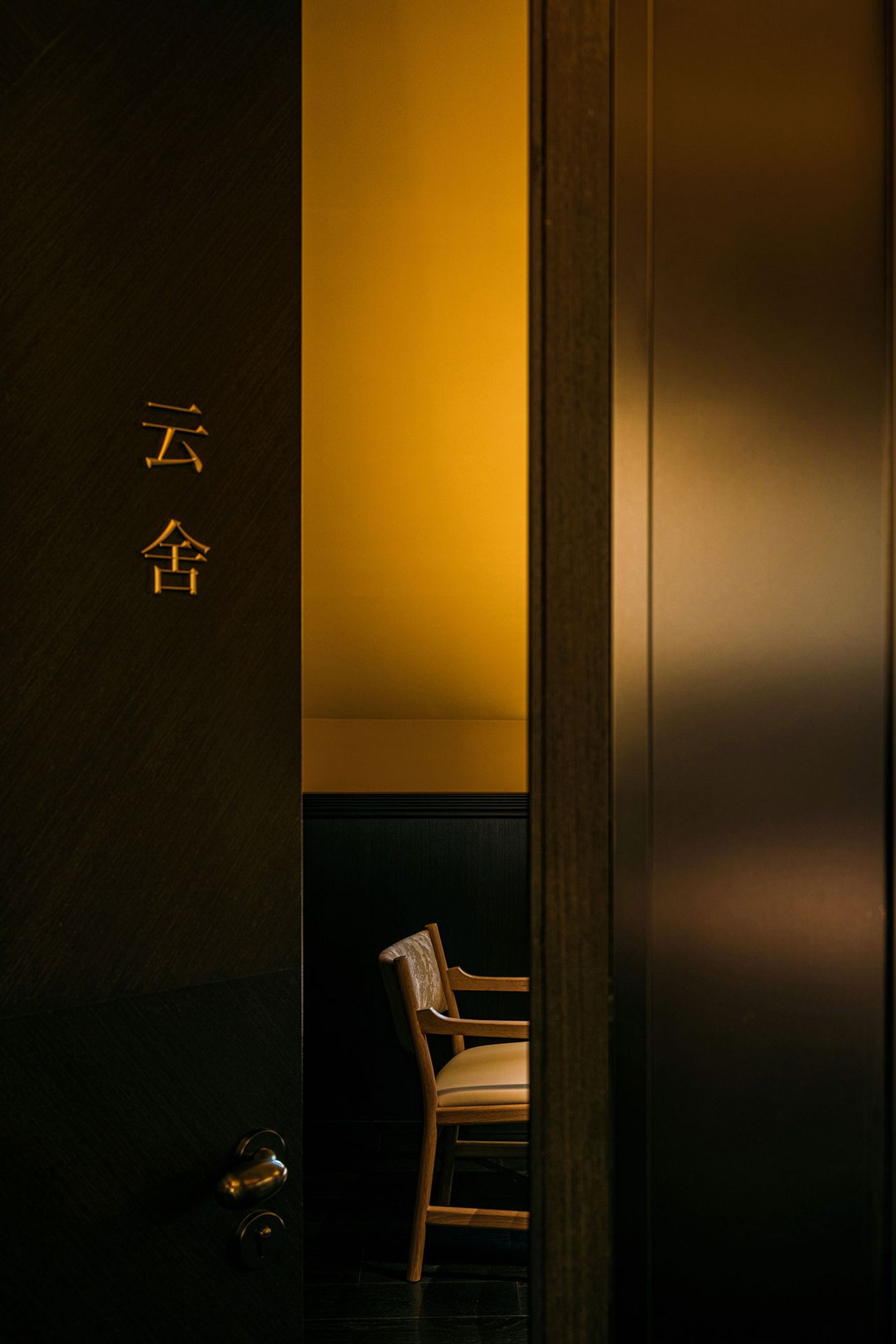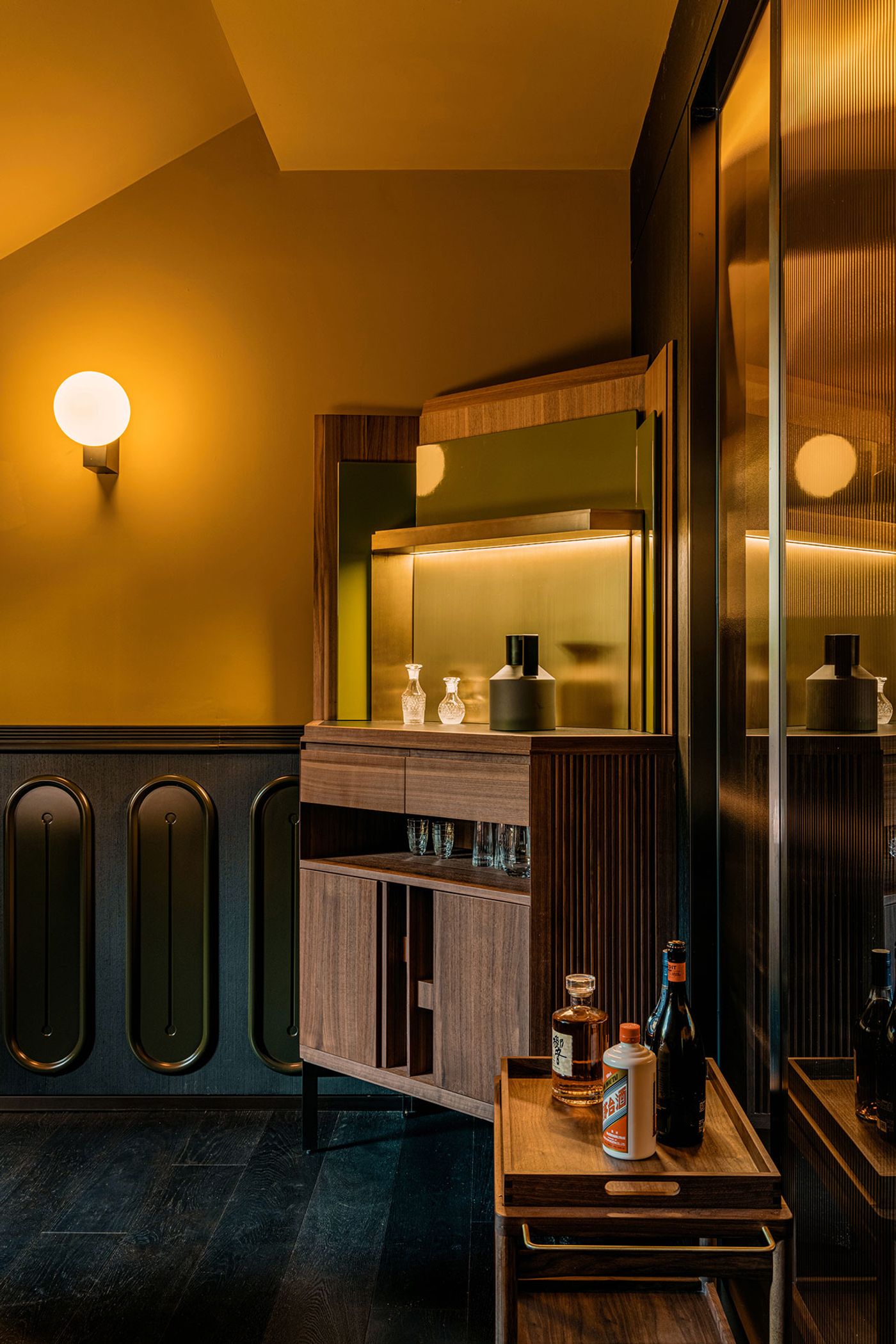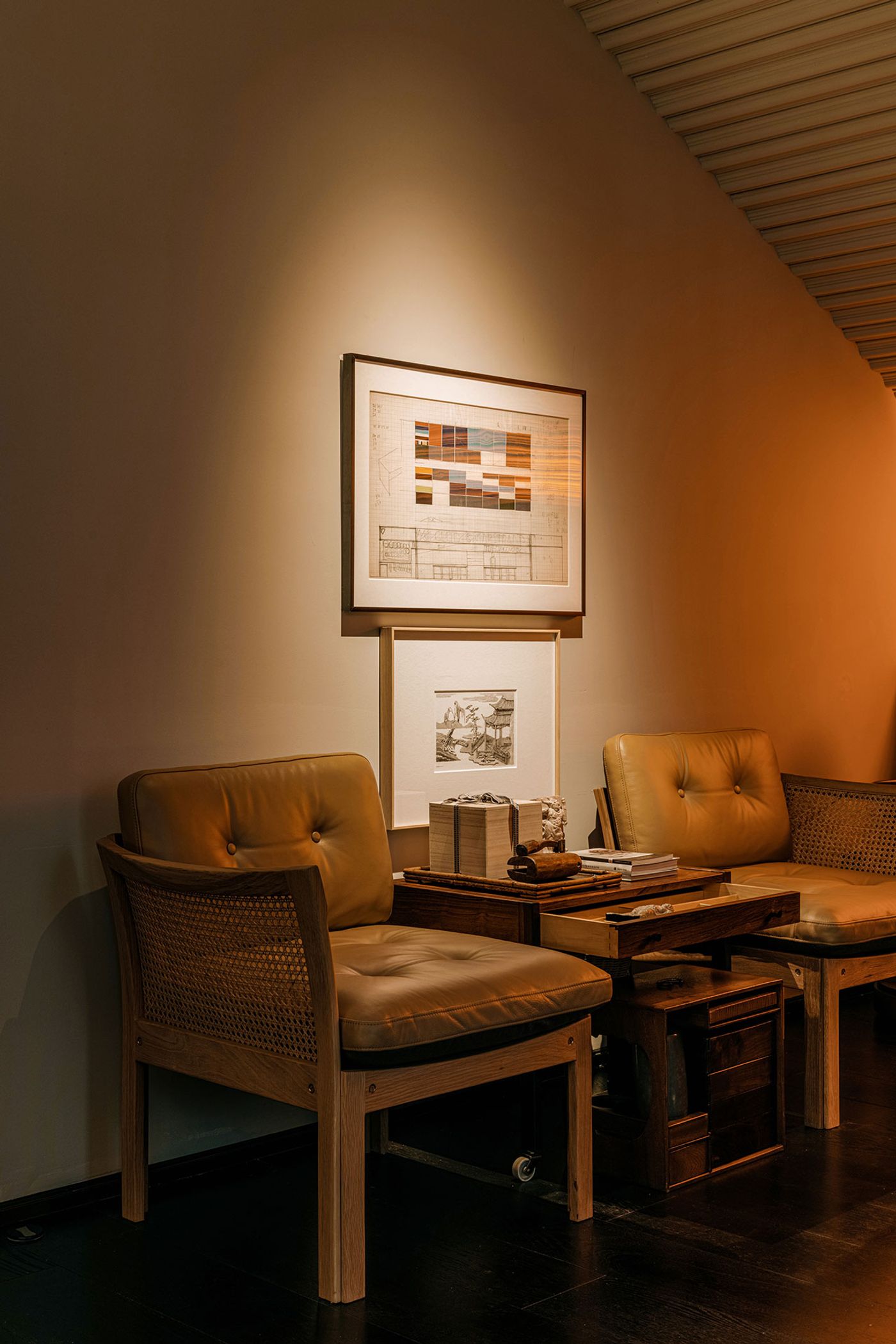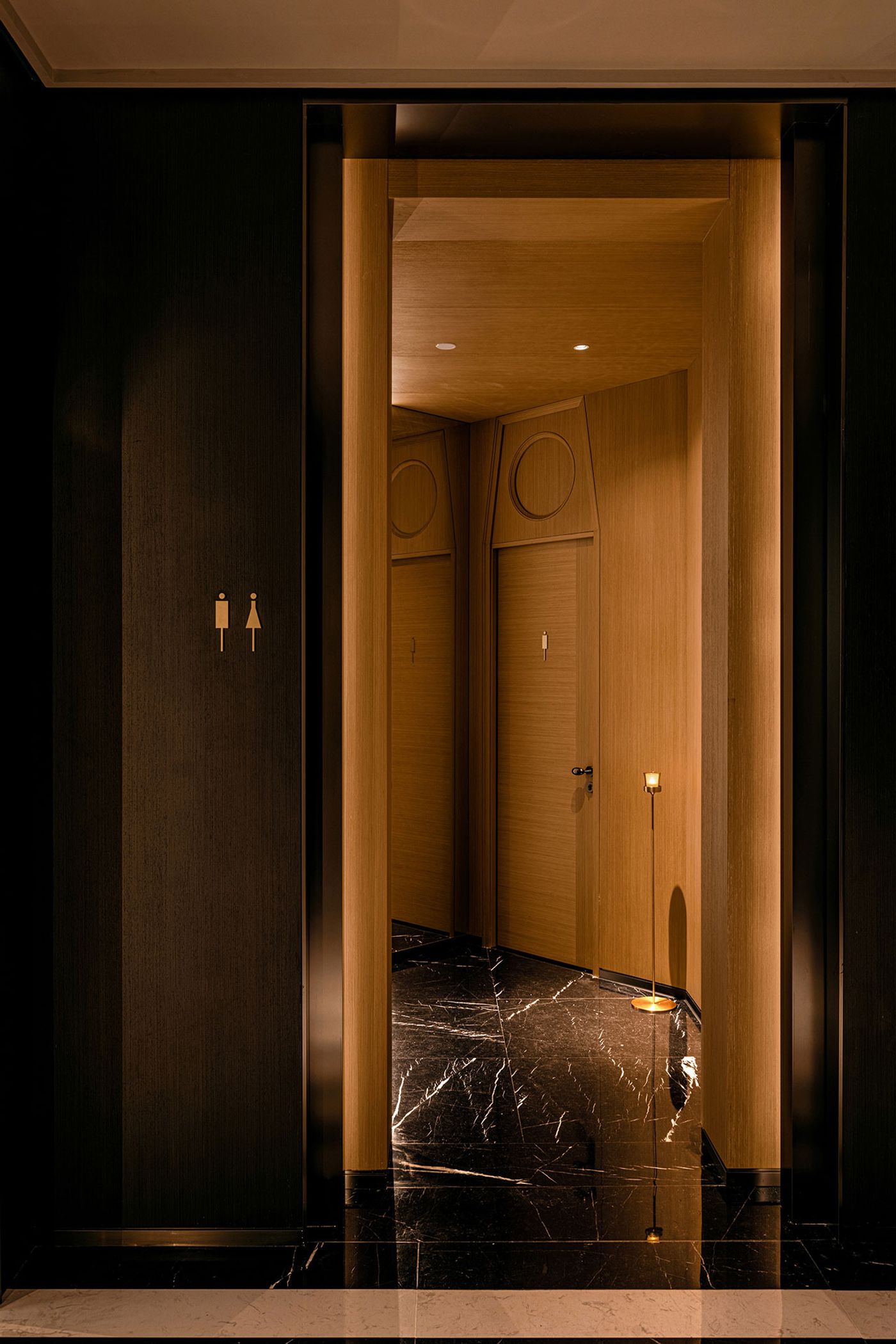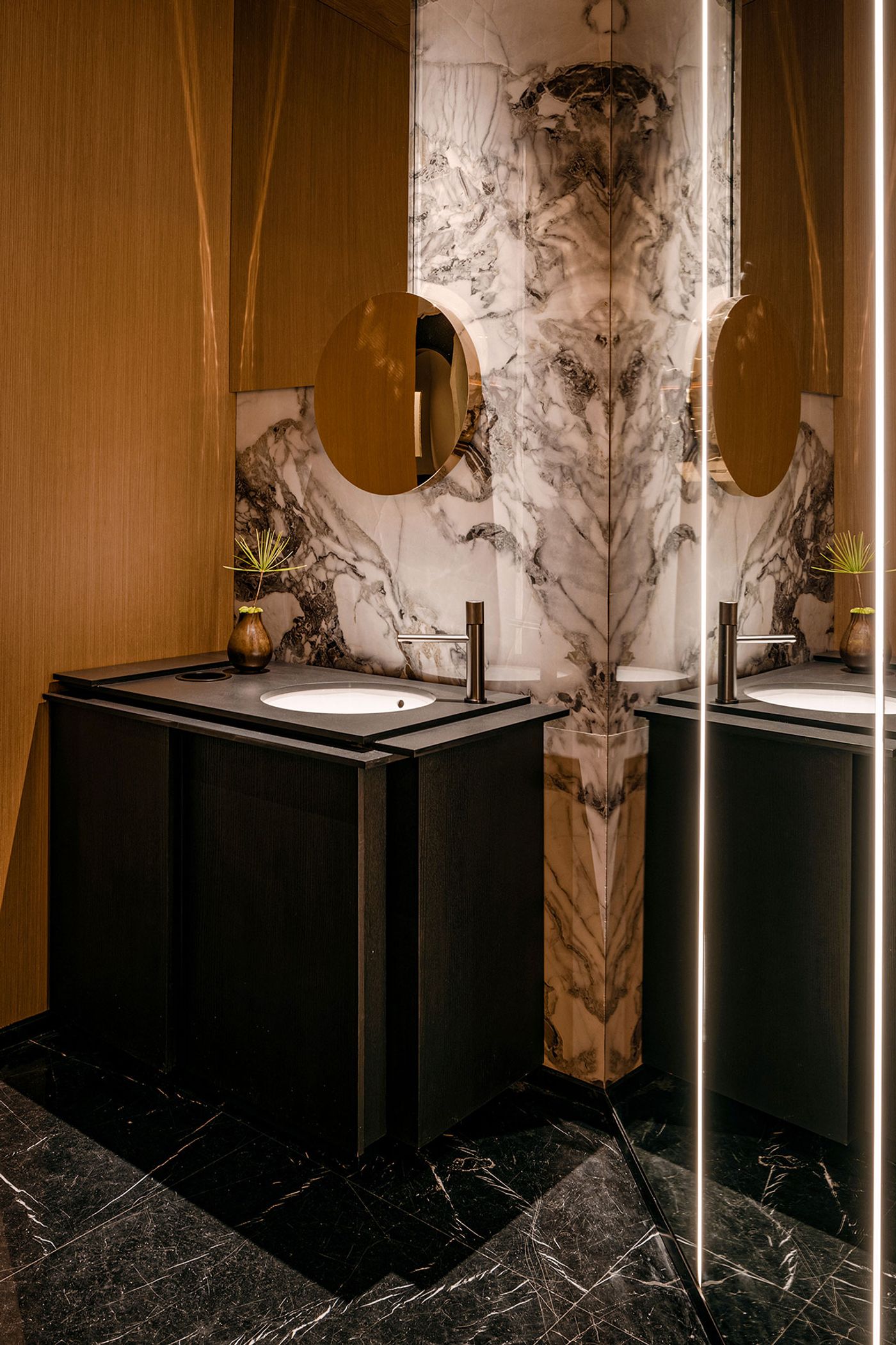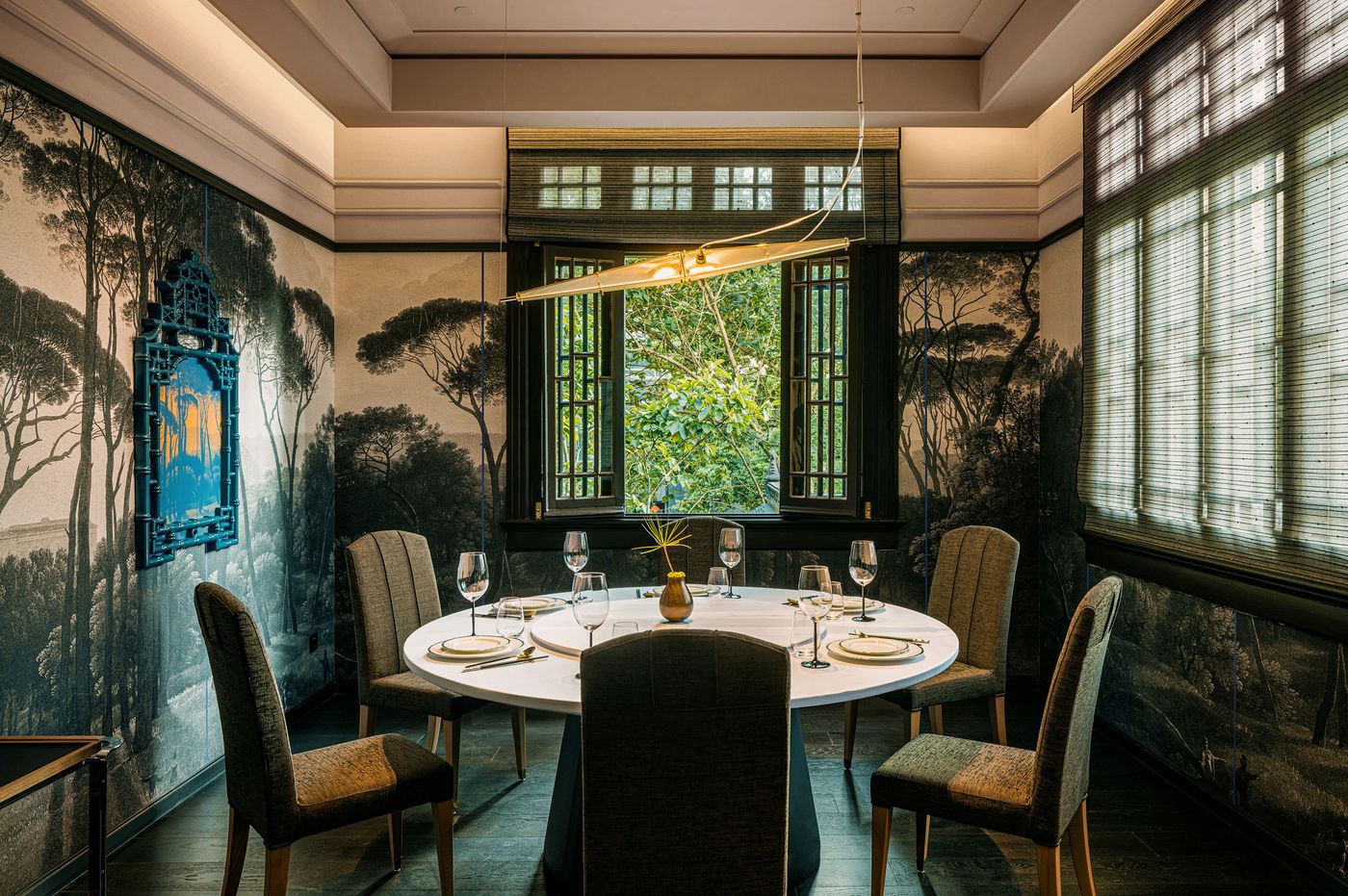
A Historic Villa in Changzhou Finds New Life as a Restaurant Celebrating Chinese Heritage with Art Deco Touches
Words by Yatzer
Location
Changzhou, China
A Historic Villa in Changzhou Finds New Life as a Restaurant Celebrating Chinese Heritage with Art Deco Touches
Words by Yatzer
Changzhou, China
Changzhou, China
Location
Commissioned to transform a century-old townhouse in Changzhou in China's Jiangsu Province into a restaurant, Hangzhou-based interdisciplinary design practice Bob Chen Design Office took a page from the building’s eclectic mix of Chinese and Western architectural elements, anchoring their design on a dialogue between past and present, tradition and modernity, and East and West. Opening its doors to the public for the first time after an extensive renovation, Songyun Villa, as the property is known, unfolds as a sequence of smaller and larger dining rooms on three levels, each one a unique amalgamation of Chinese heritage, Art Deco inspirations and beautiful views of the Villa’s landscaped courtyard. The result is a fine dining restaurant that offers guests a spatial as much as a culinary experience.
Entering through an imposing brick gate richly decorated with stone carvings, guests step into a lush courtyard showcasing original decorative features. These include marble reliefs, stone pedestals and mosaic tiling harmoniously complemented with discrete contemporary additions like a boxy fish pond, slender steel and timber edgings, and a deck terrace flanked by a bar counter; the latter is housed within a black-painted metallic structure attached to the existing building. Clad in perforated metal panels in a variety of patterns, the new structure was designed as a balancing counterpoint to the Villa’s original brickwork.

Photography by Wen Studio.

Photography by Wen Studio.
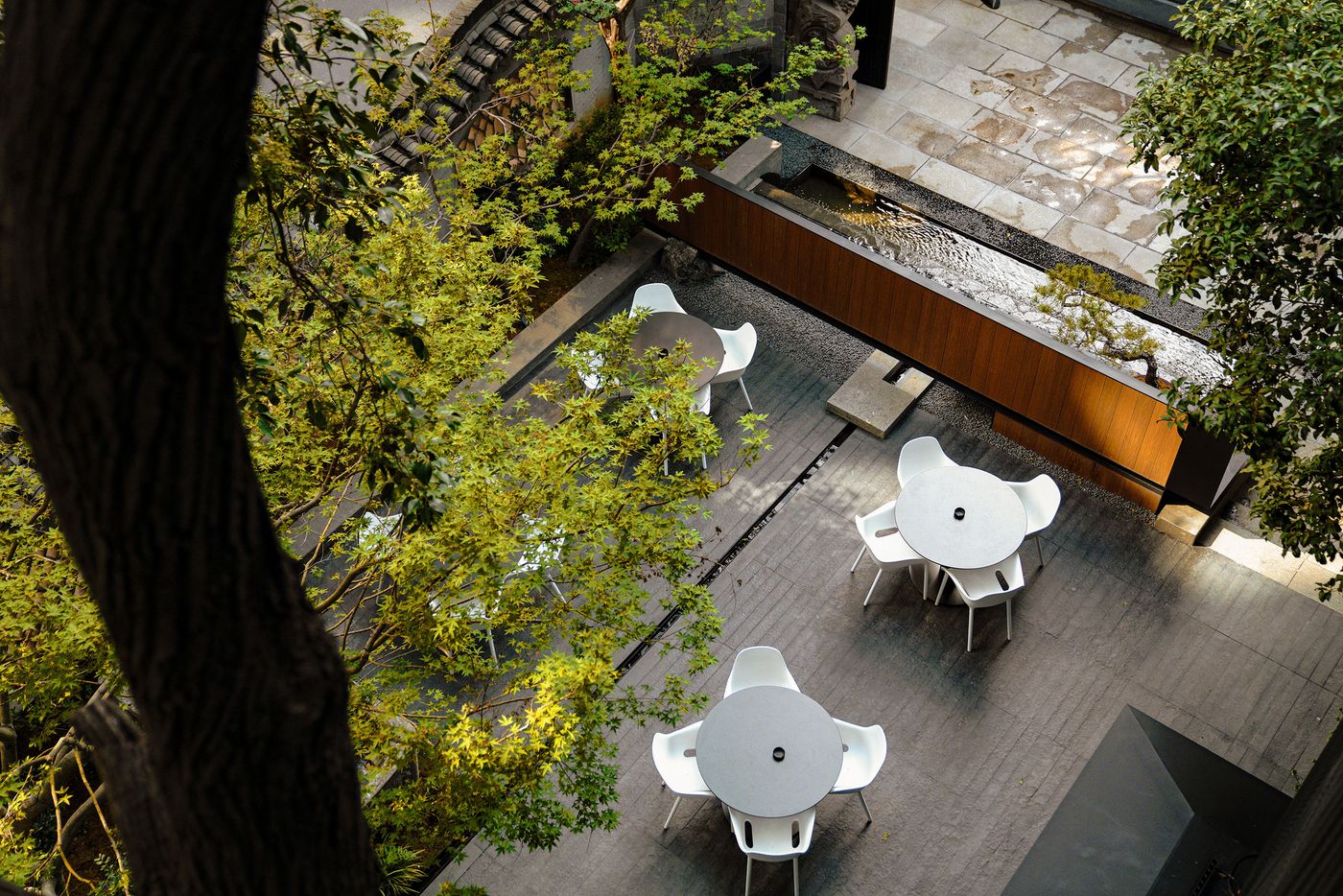
Photography by Wen Studio.
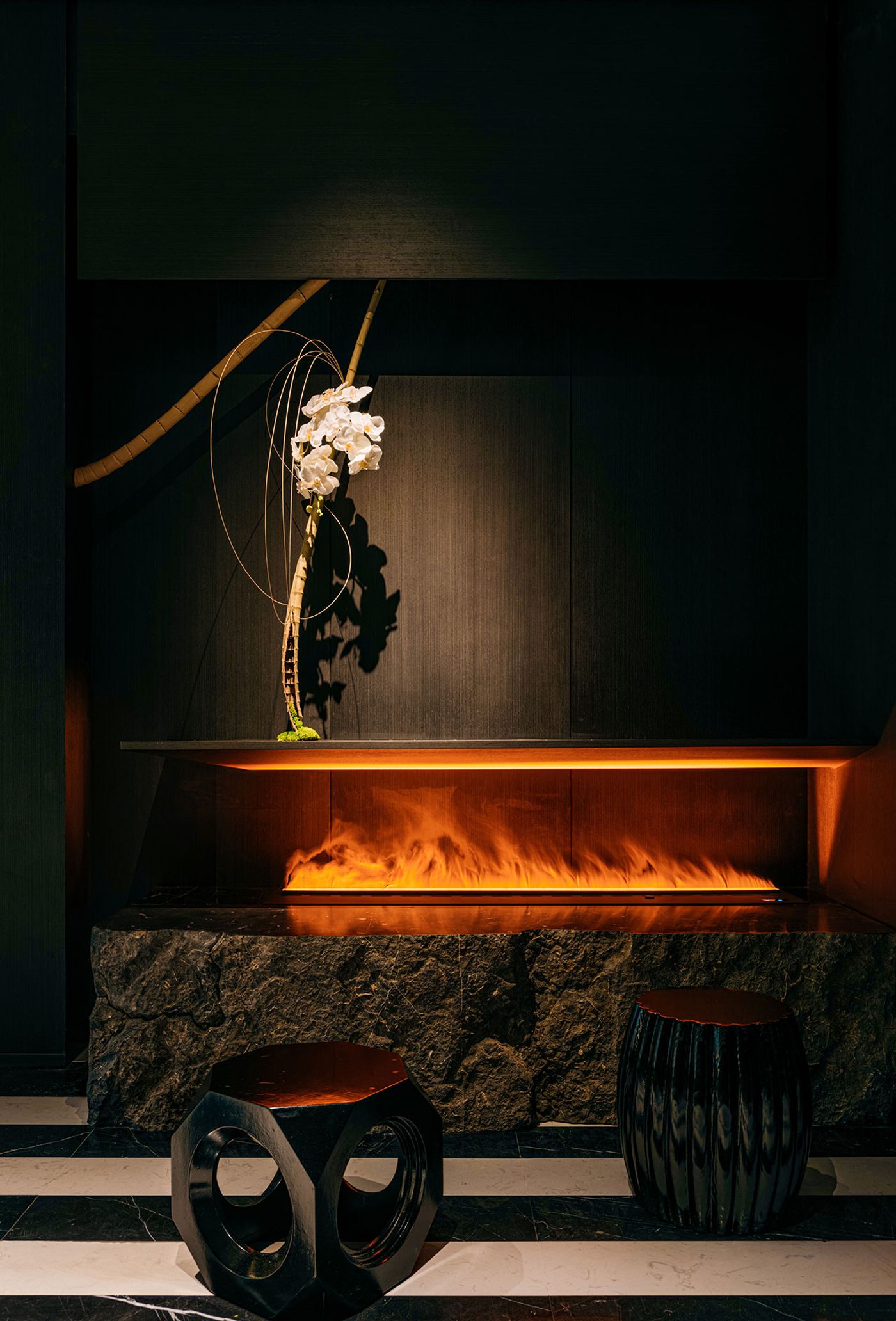
Photography by Wen Studio.
A colonnaded porch leads guests inside where a series of intimate vestibules and hallways set the stage for the restaurant’s unique configuration: whereas most architects would have done away with the Villa’s compartmentalized layout in favour of open-plan spaces, the team retained it, creating fifteen dining rooms in various sizes spread across three levels, plus a larger dining hall in the former ballroom. Hosting everything from intimate gatherings and private dining, to tea ceremonies and wine tastings, the array of dining rooms also allowed the designers to unleash their creativity with every space sporting its own unique décor. That’s not to say that the interiors are a hodgepodge of styles; on the contrary, all spaces embrace an aesthetic steeped in Chinese heritage albeit rendered through a modern lens mixed with Art Deco-inspired accents.
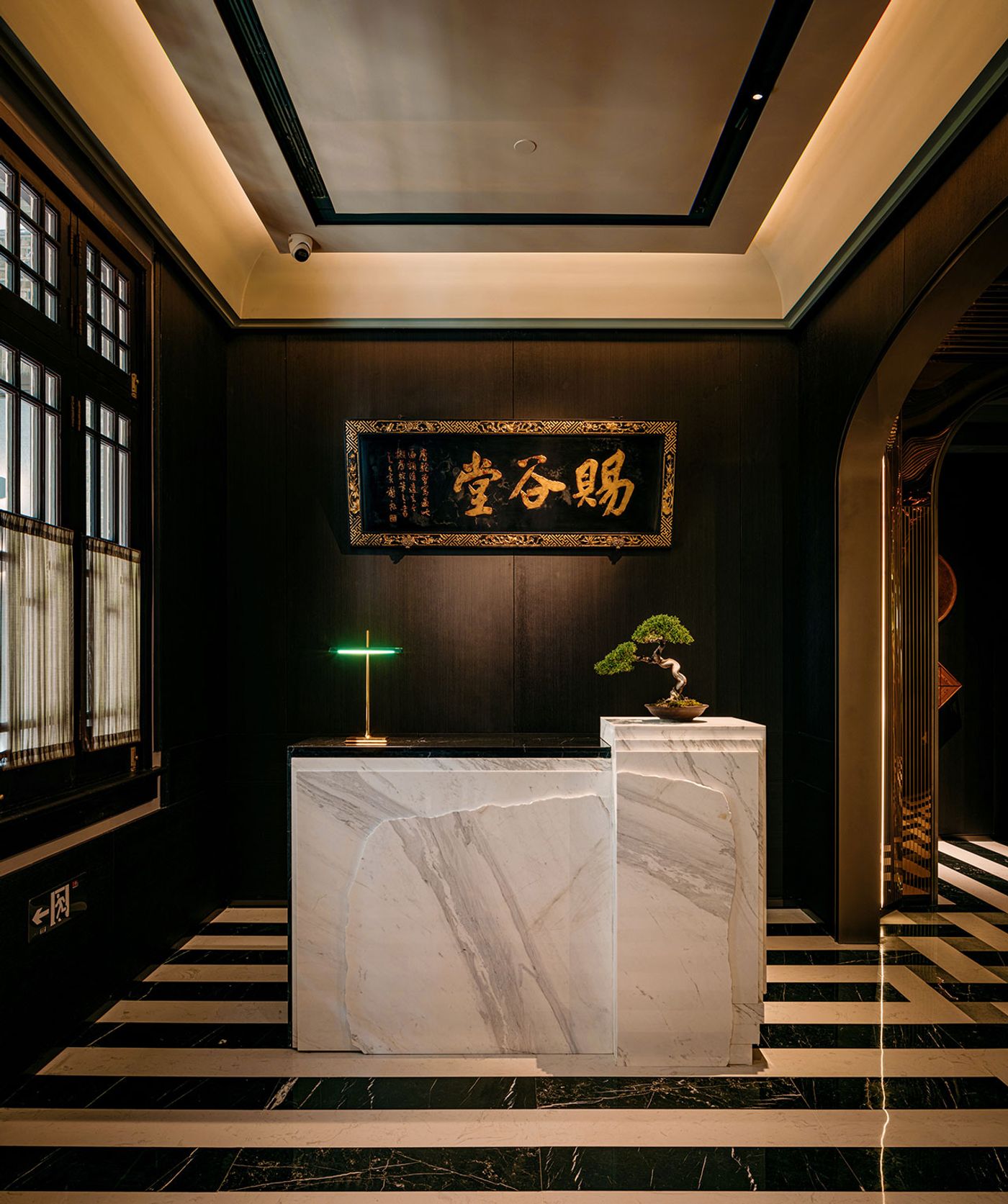
Photography by Wen Studio.
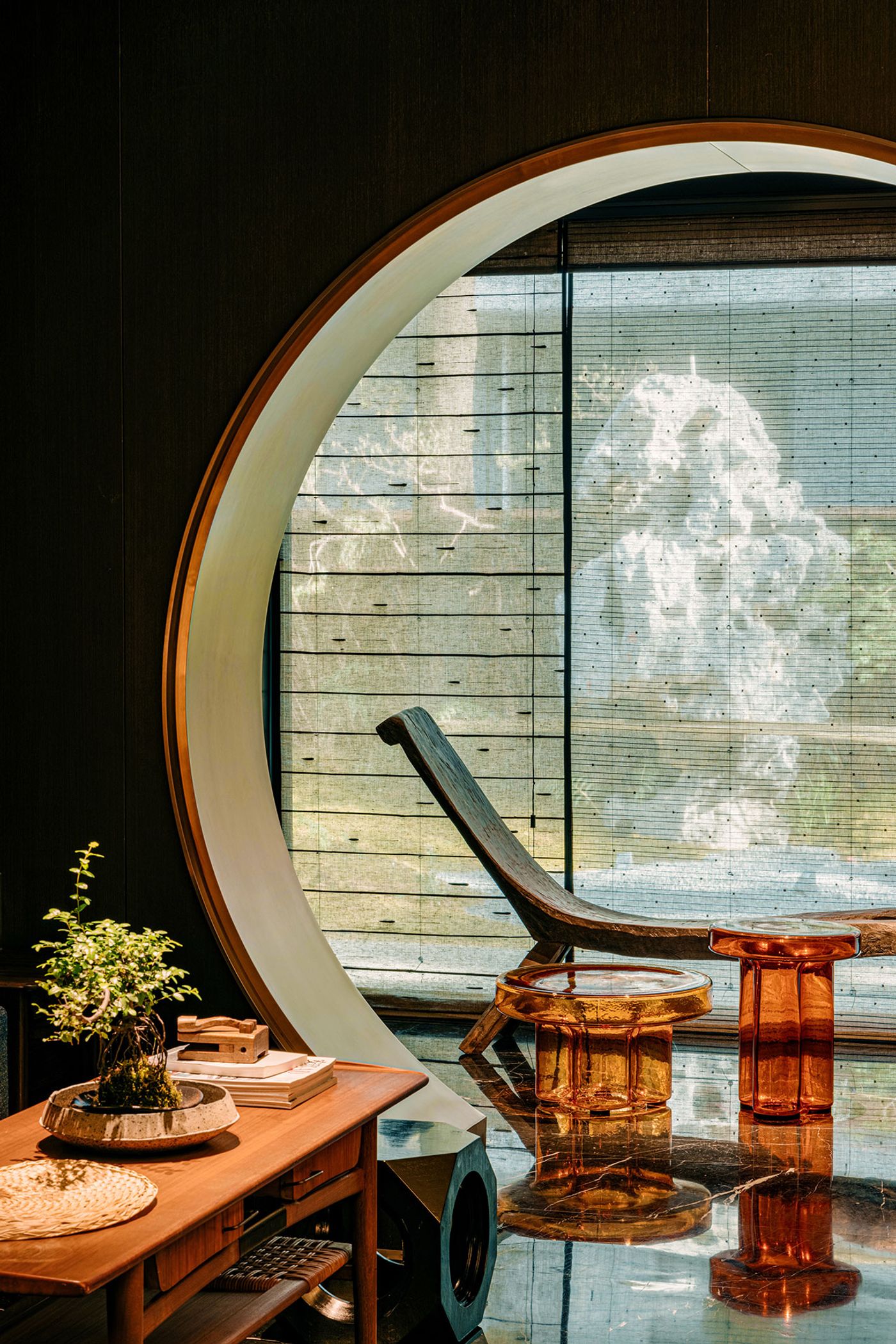
Photography by Wen Studio.
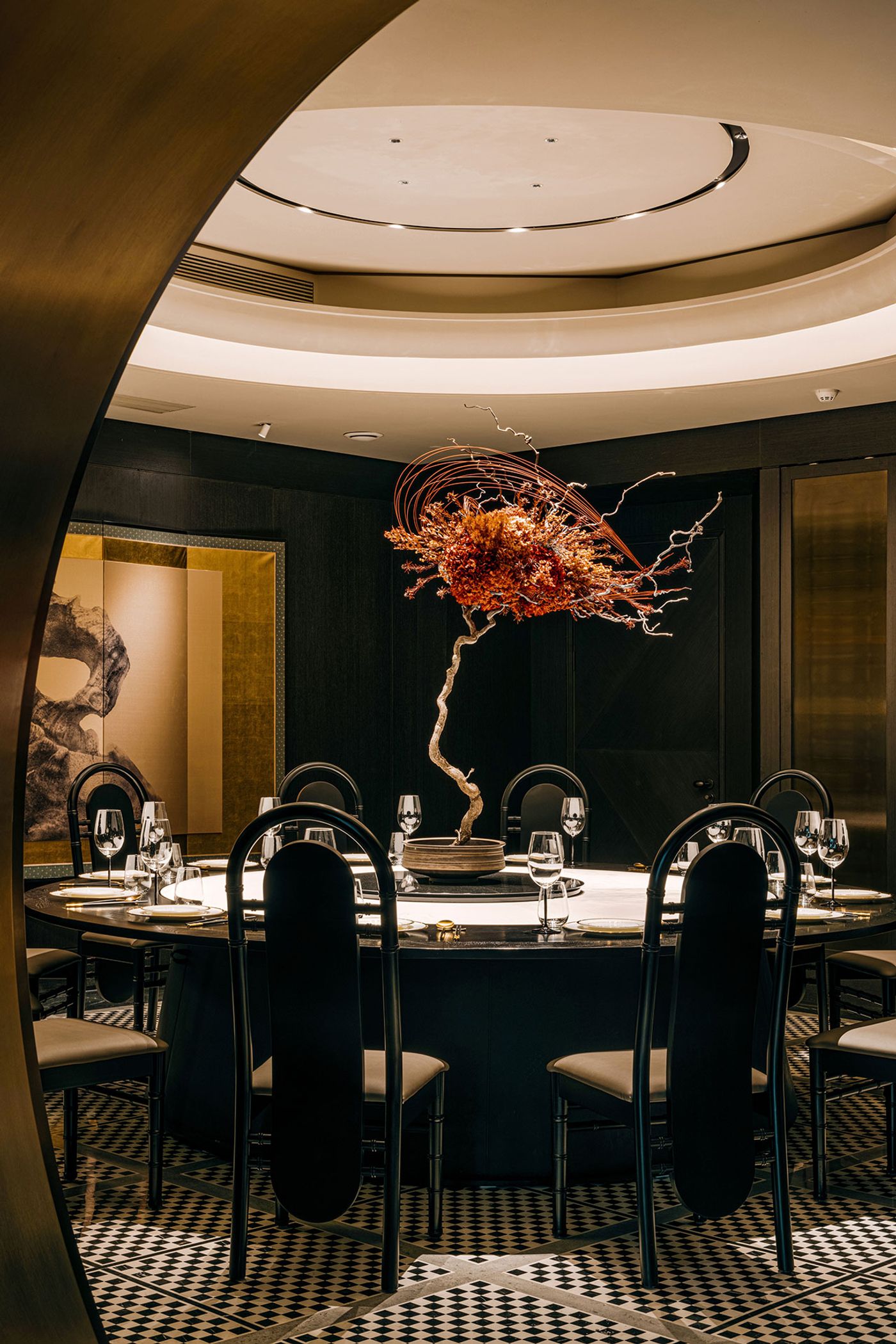
Photography by Wen Studio.
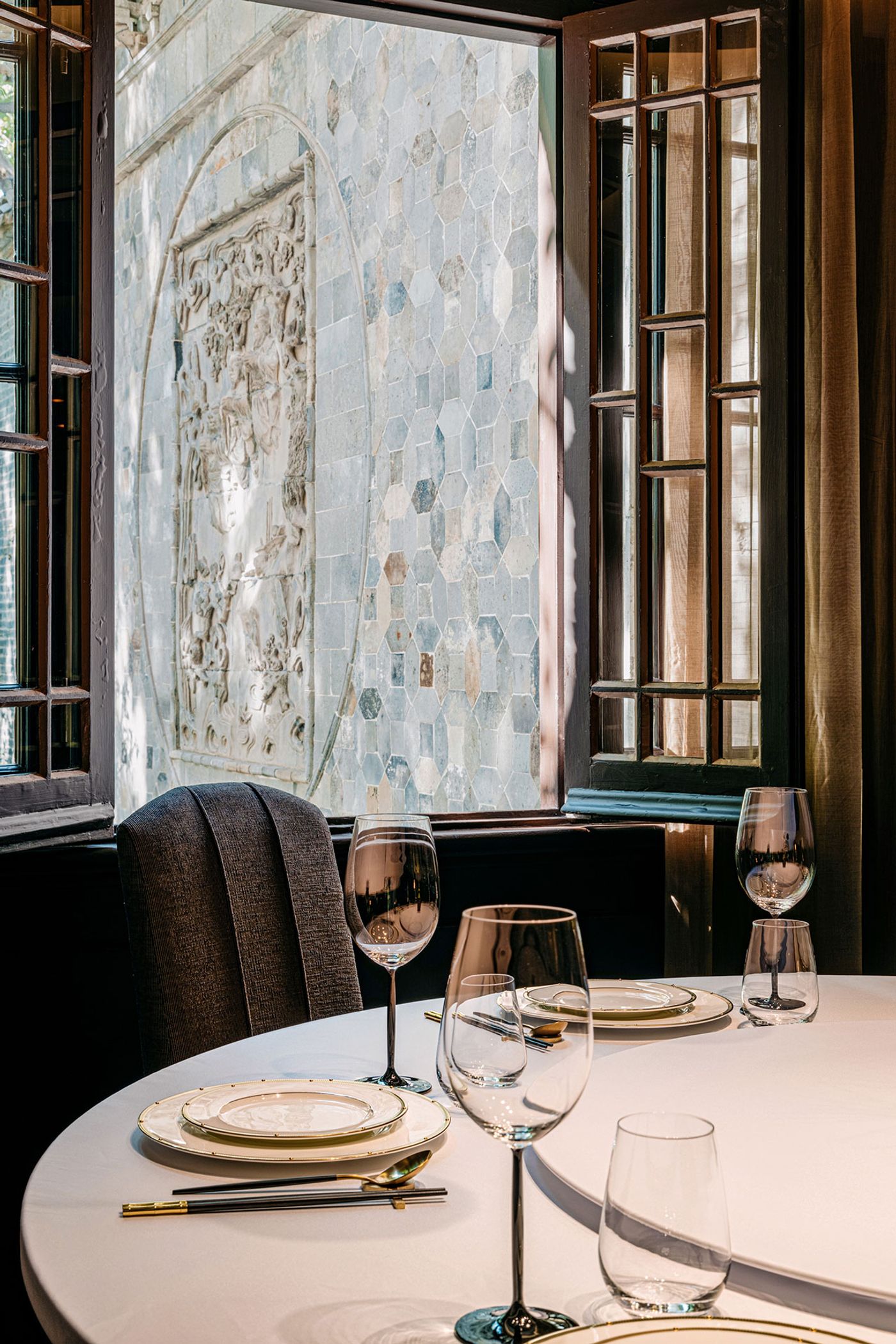
Photography by Wen Studio.
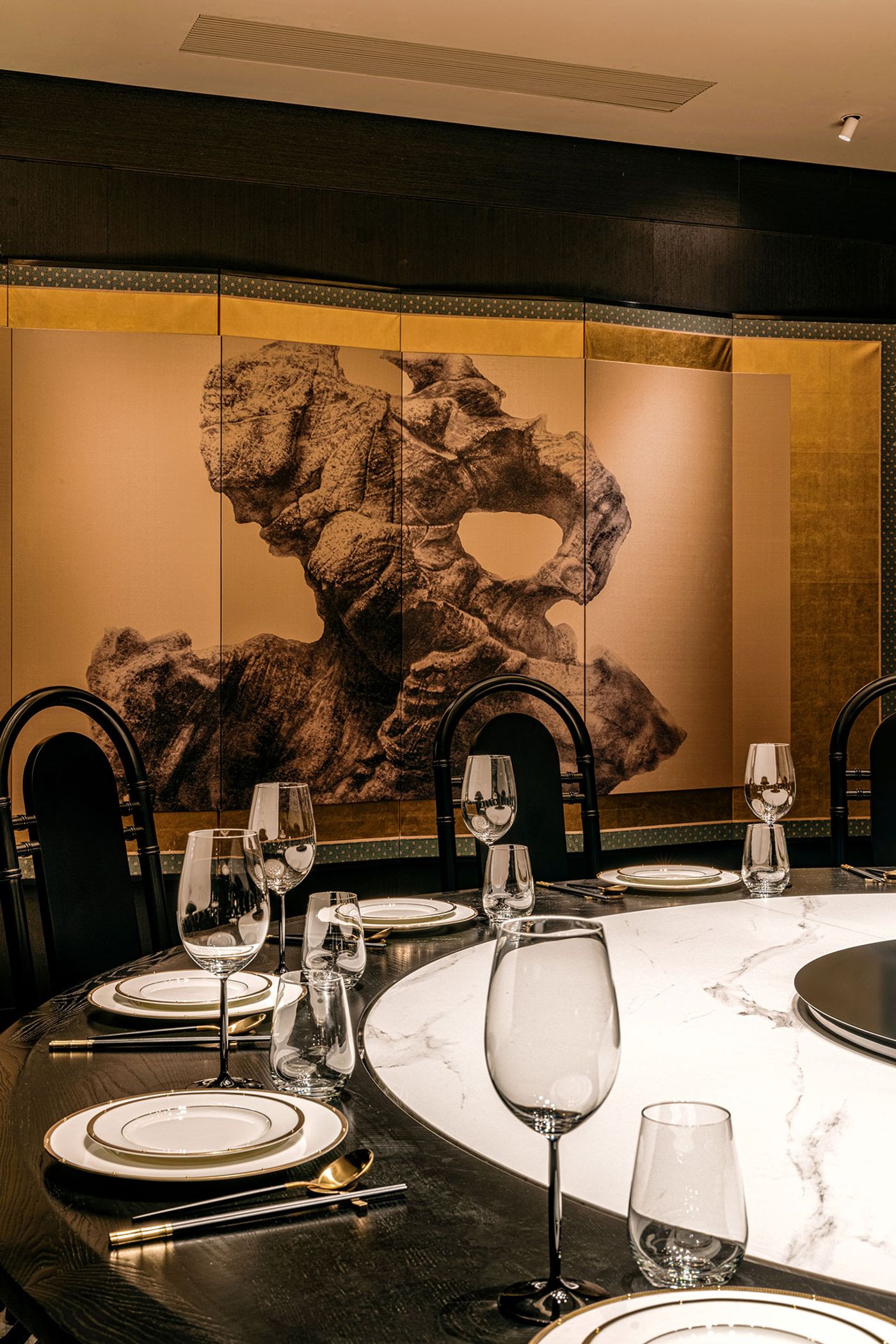
Photography by Wen Studio.
Drawing inspiration from traditional Chinese landscape painting, porcelain decorations and calligraphy, the designers have introduced a range of floral motifs, geometric patterns and figurative designs in the form of wallpapers, screens, tiling and artworks, counterbalanced by clean lines, simple shapes and a sombre colour palette of saturated dark hues and grey tones. Part of the allure is also the rich tapestry of finishes and textures which range from glossy metallic and polished marble to rough stone and natural wood, to velvet, leather and other fabrics. Add in the collection of antique objects and vases, ceremonial tea sets, incense burners and bonsai plants intertwined with contemporary furniture and light fittings, and the designers have successfully created an indulgent spatial and visual experience that neither overwhelms nor bewilders.
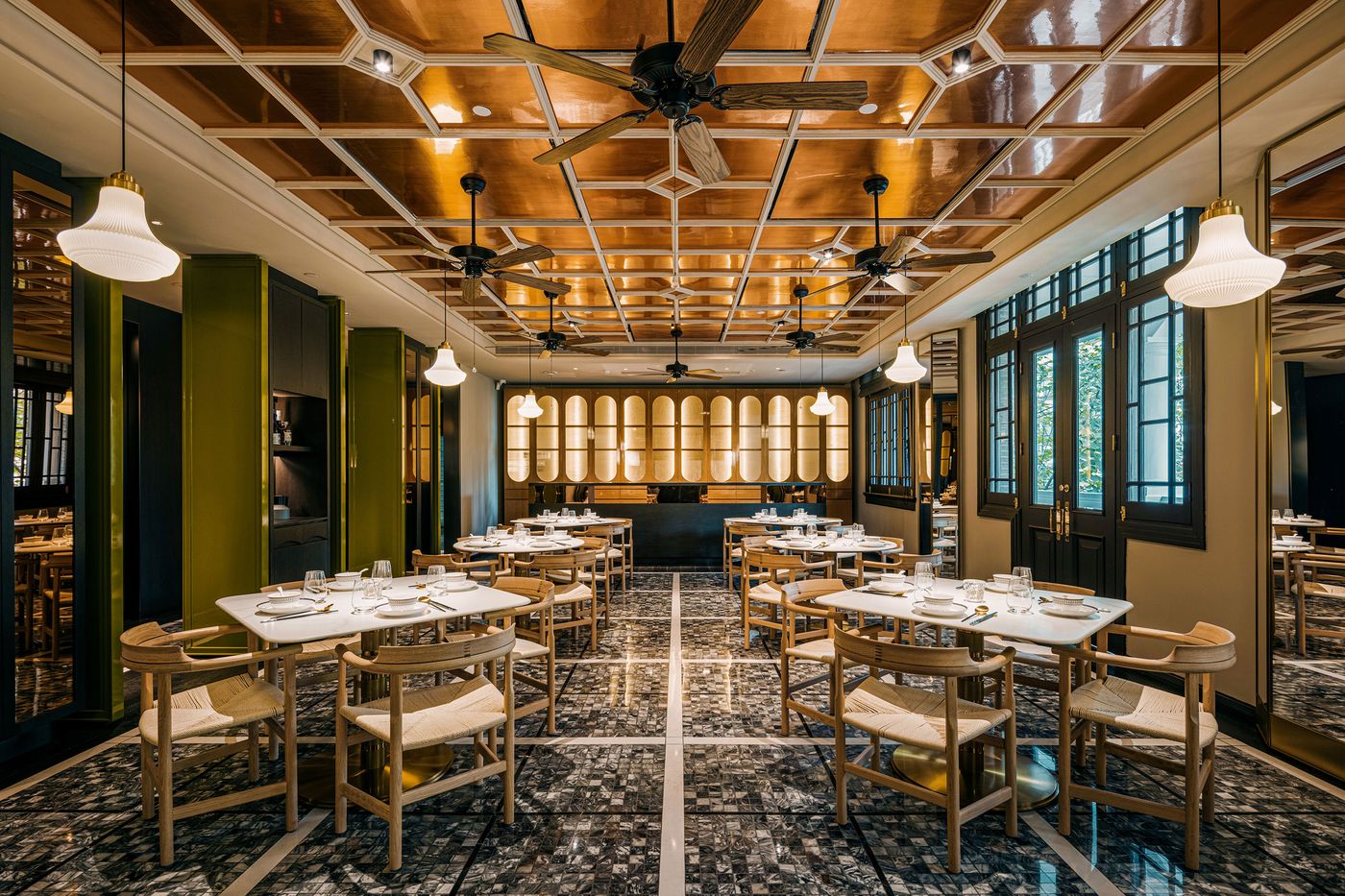
Photography by Wen Studio.
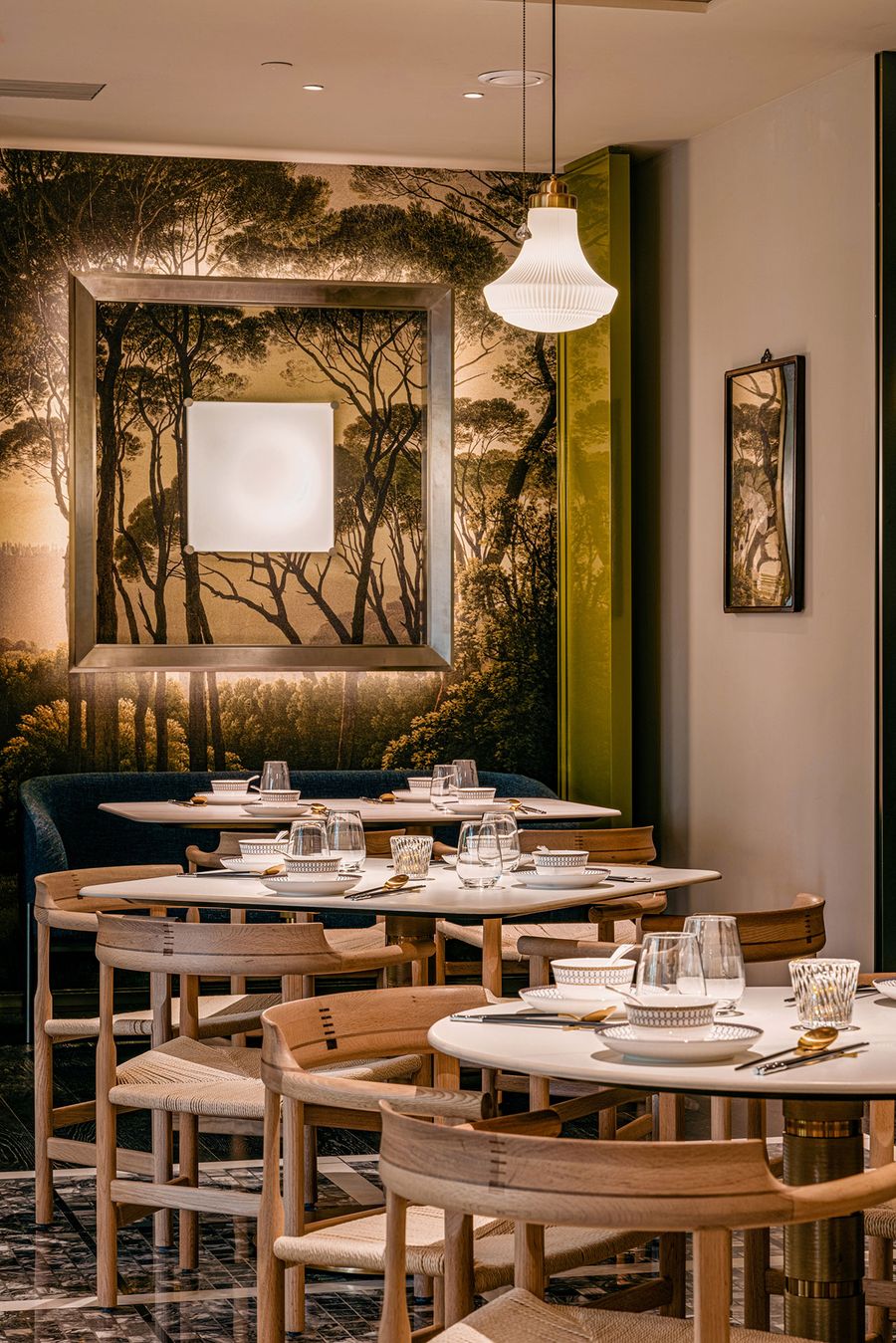
Photography by Wen Studio.
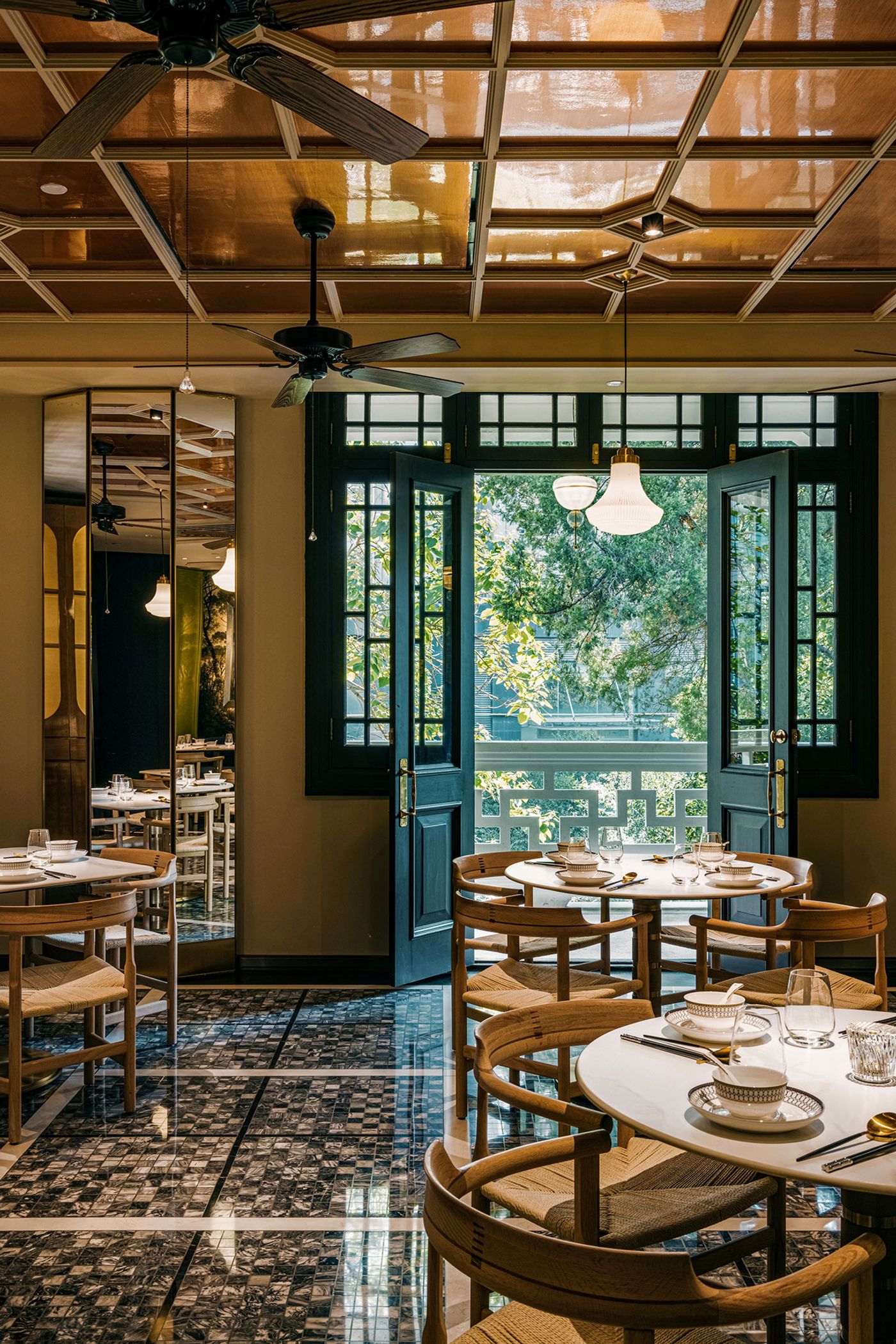
Photography by Wen Studio.
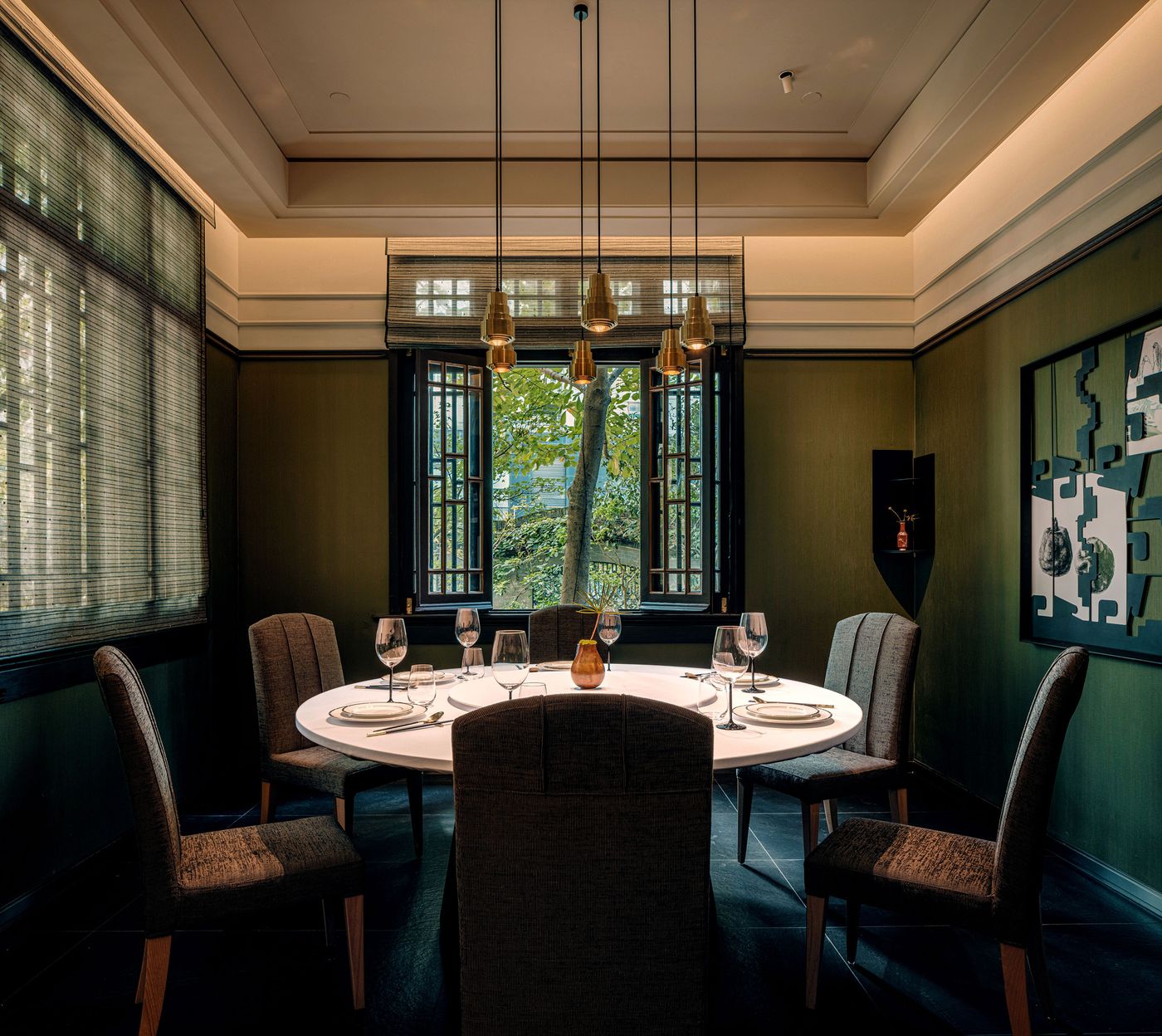
Photography by Wen Studio.
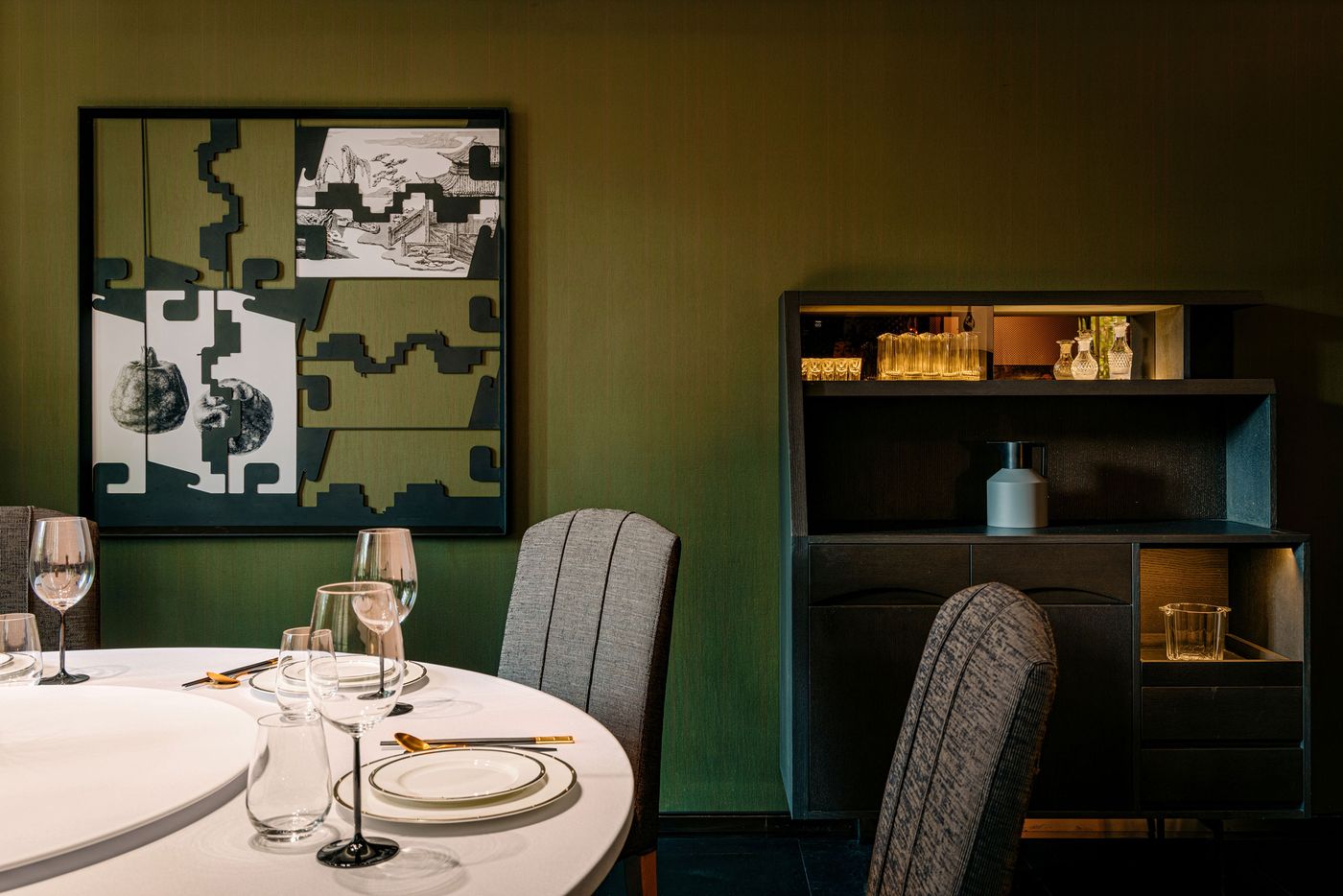
Photography by Wen Studio.
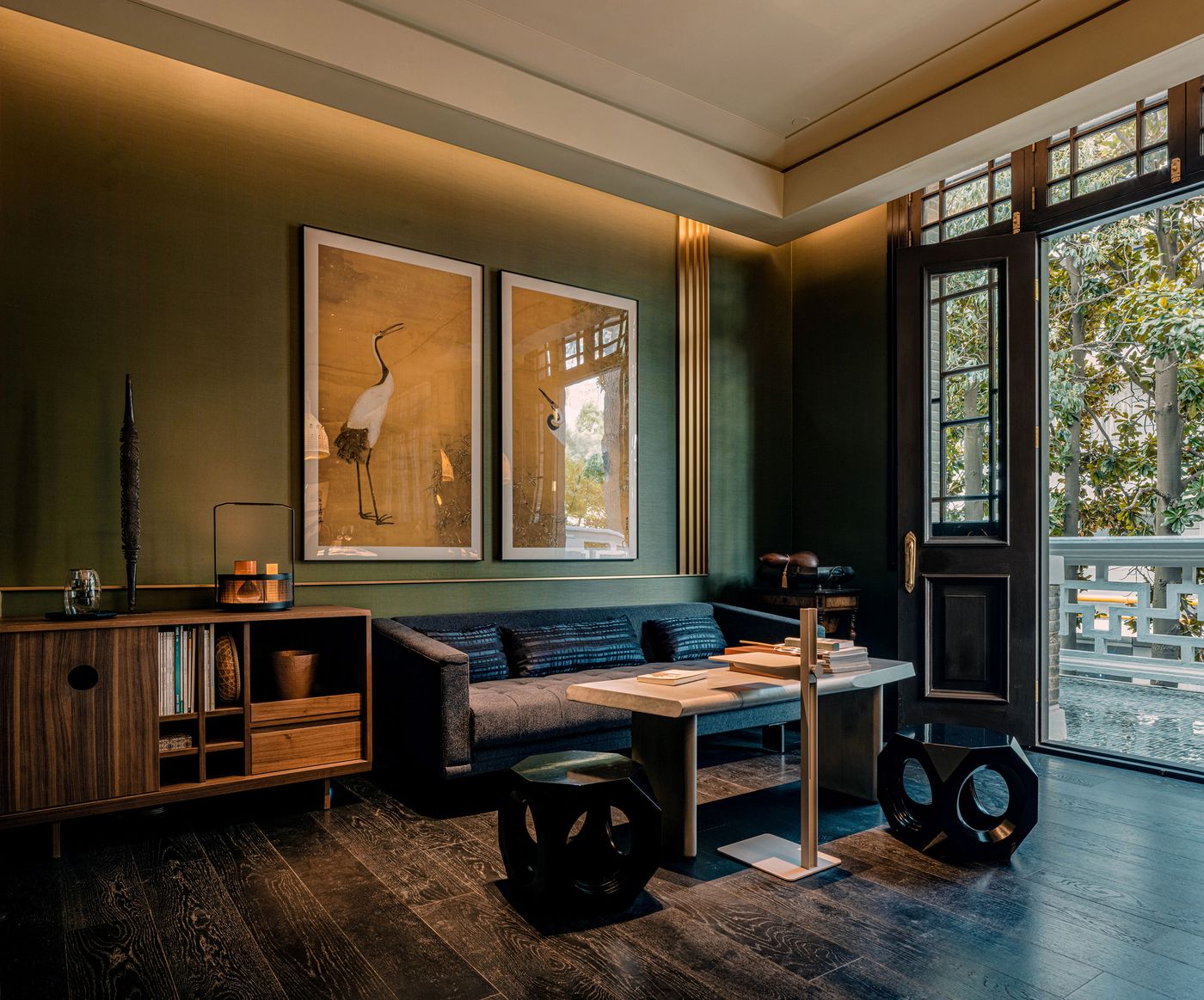
Photography by Wen Studio.
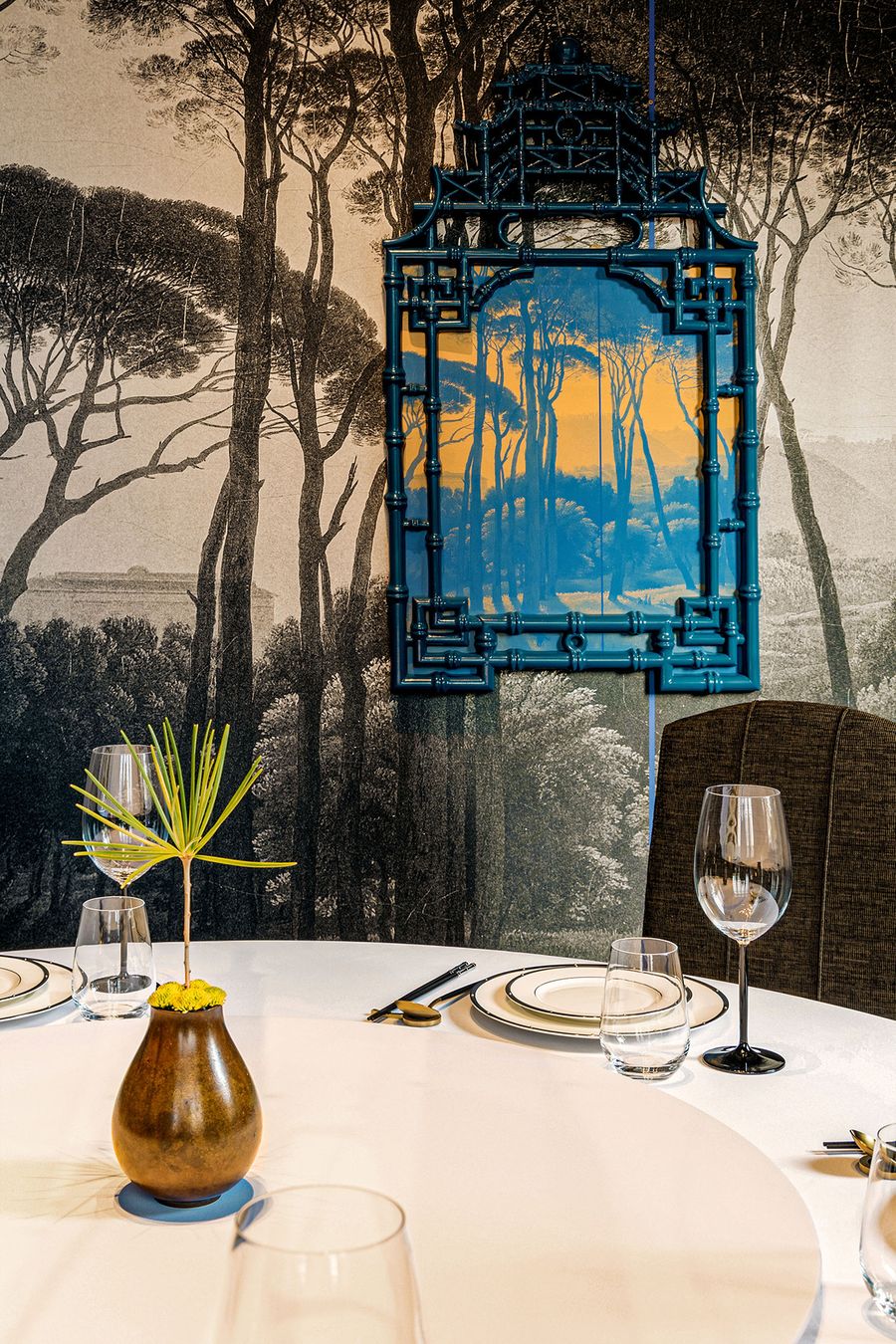
Photography by Wen Studio.
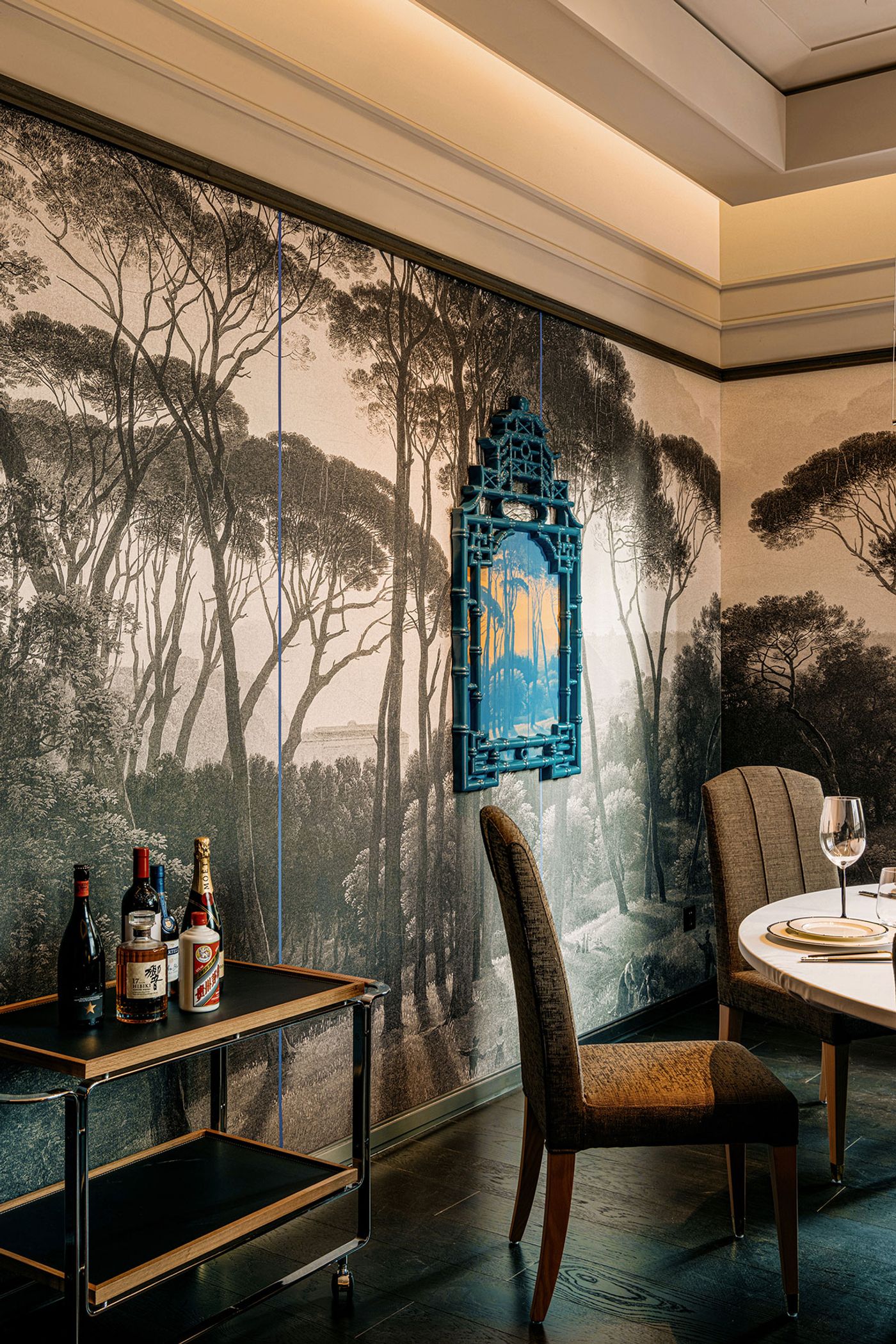
Photography by Wen Studio.
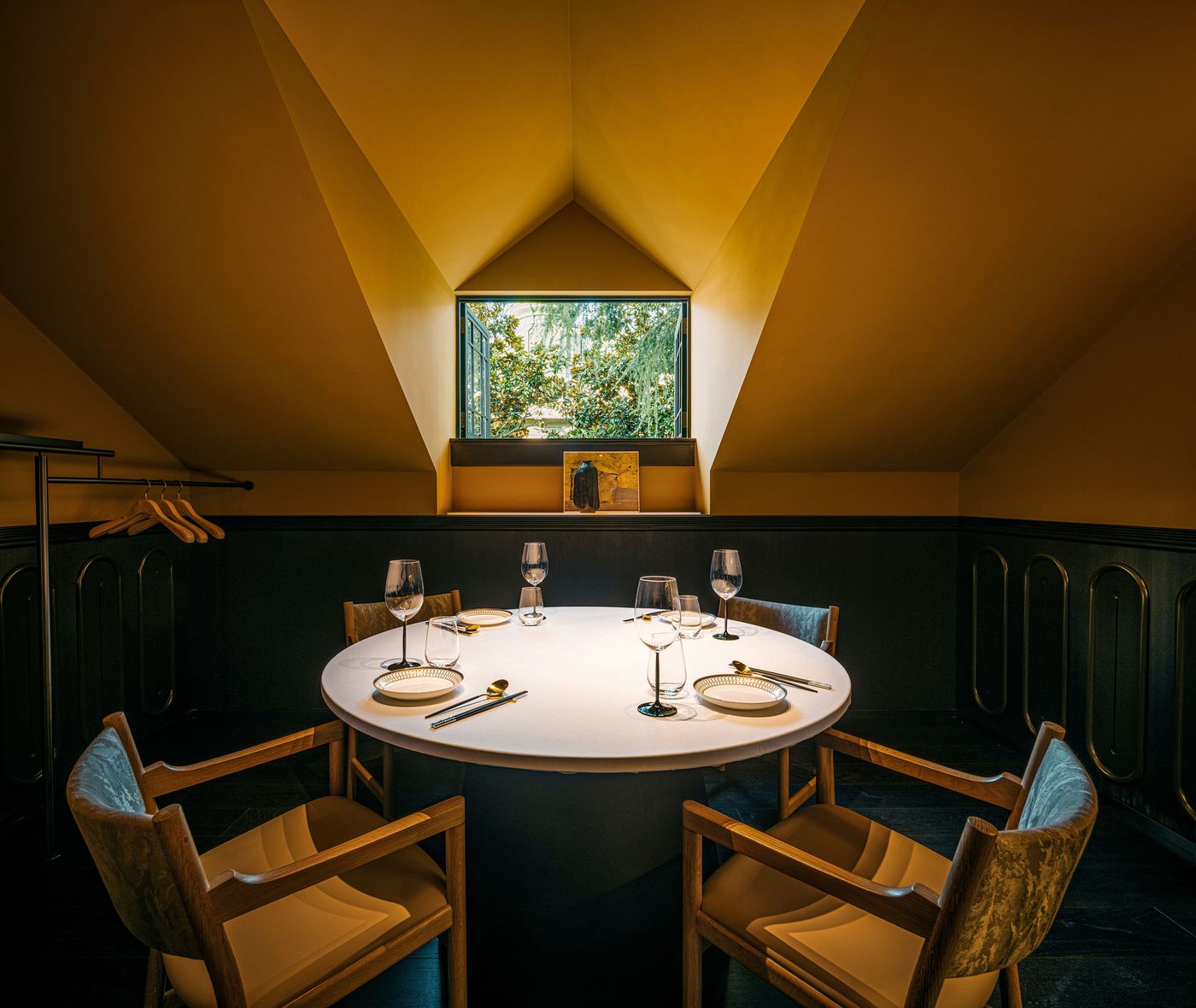
Photography by Wen Studio.
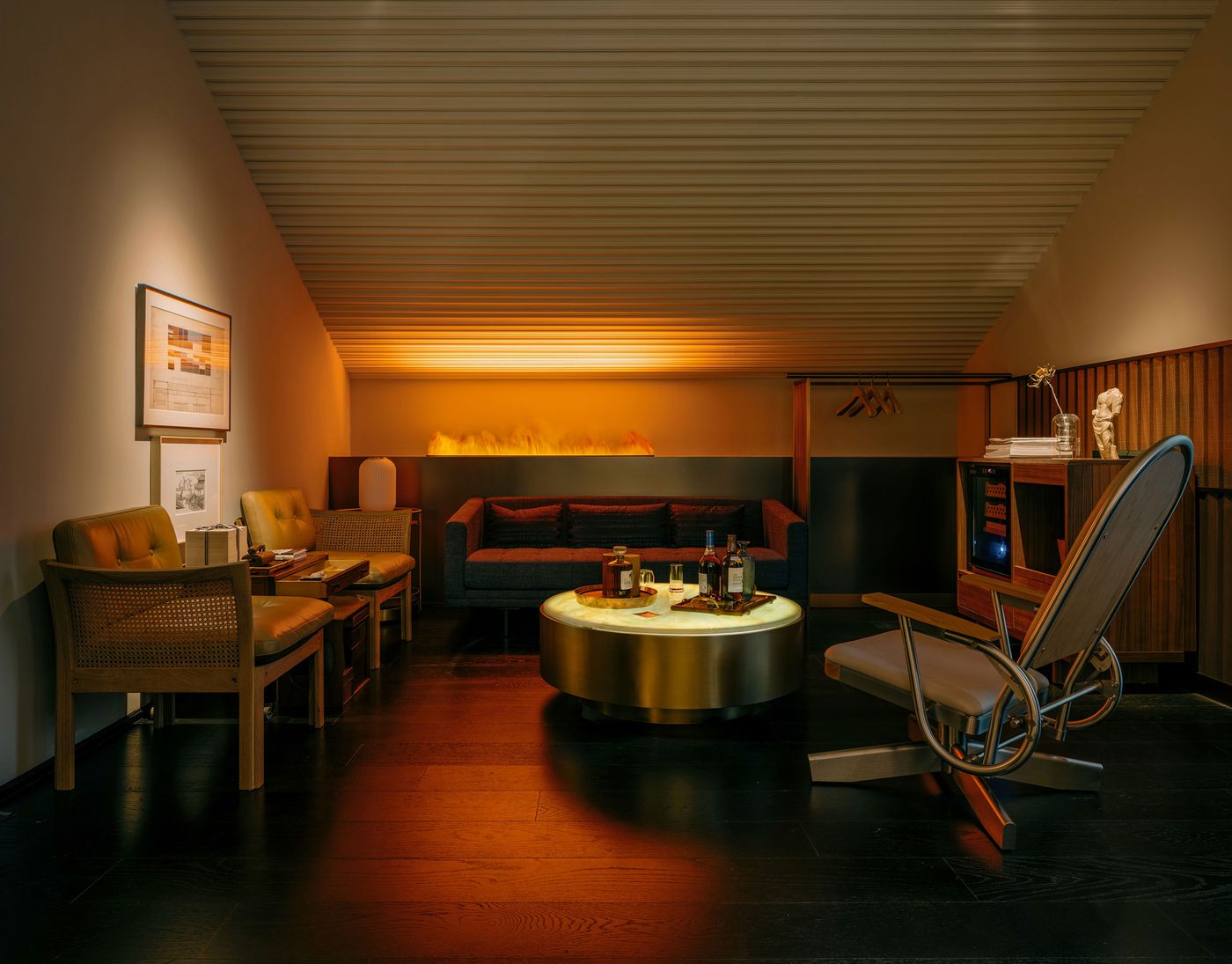
Photography by Wen Studio.
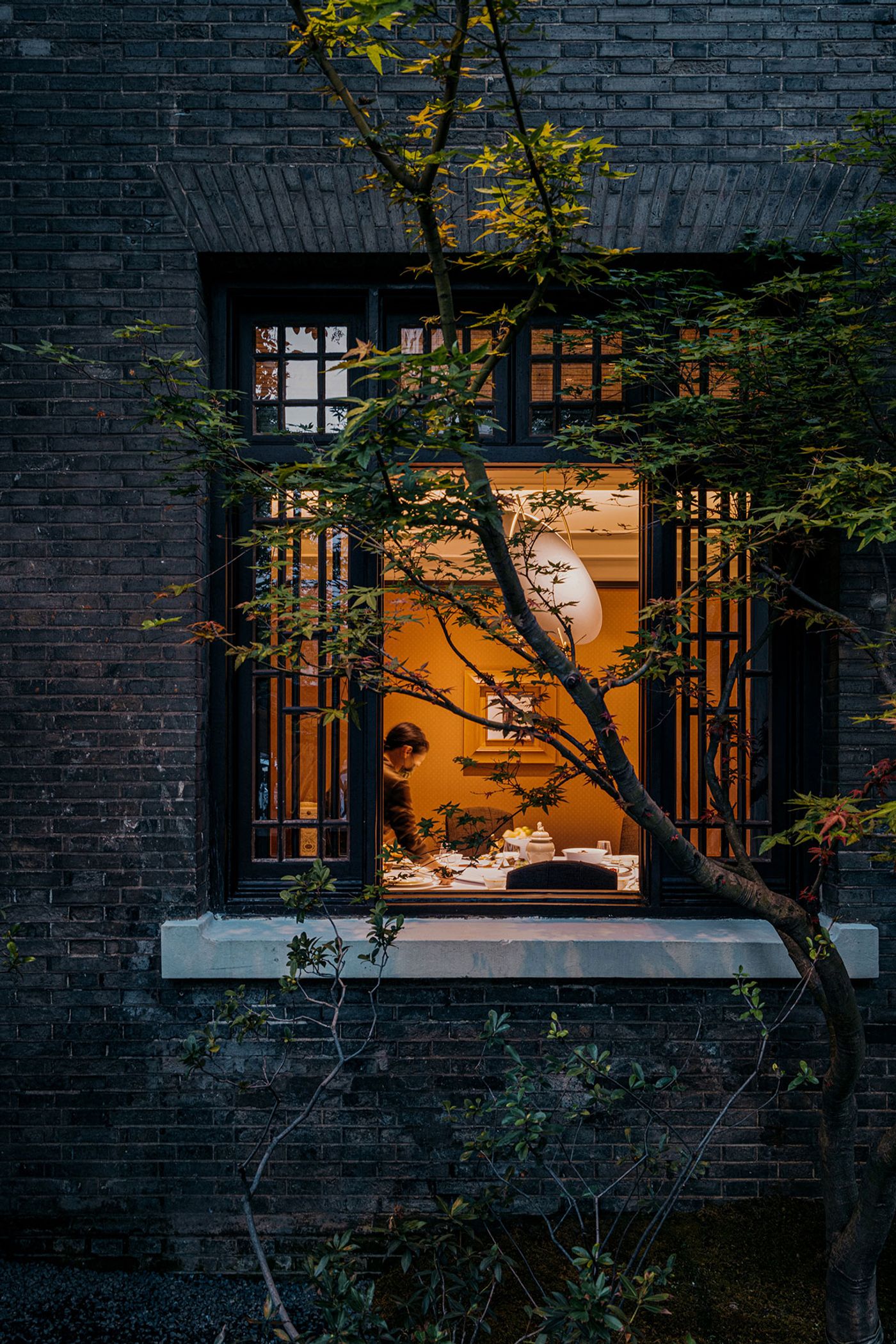
Photography by Wen Studio.
